
Trails in Maine are as diverse as the Maine landscape - from short and flat trails to views over the ocean to steep and long ascents of the state's highest mountains. We know that your personal rating of these trails depends on your experience, fitness and needs. What is difficult to one person will certainly be easy to another. However, we have over 1,100 trails on the site and we want you to have all the information you need to make an informed decision of which trail to explore.
Therefore, we have categorized trails into Easy, Moderate, Advanced, and Strenuous with the help of trail managers. See below for descriptions of each category. Some trail systems are rated with multiple difficulties. This means that trails within the system might have different difficulties, or the trail falls in between the rating system.
For people who use wheelchairs, MTF's Accessibility Ambassador, Enock Glidden, has created a rating system in Wheelies. See here for more information.
Relatively flat and smooth trails. If there are climbs and descents, they are not long or steep. Most are more than two feet wide, although some may be singletrack. There shouldn't be many large tripping hazards. There could be sections of boardwalk, bridges or stairs.
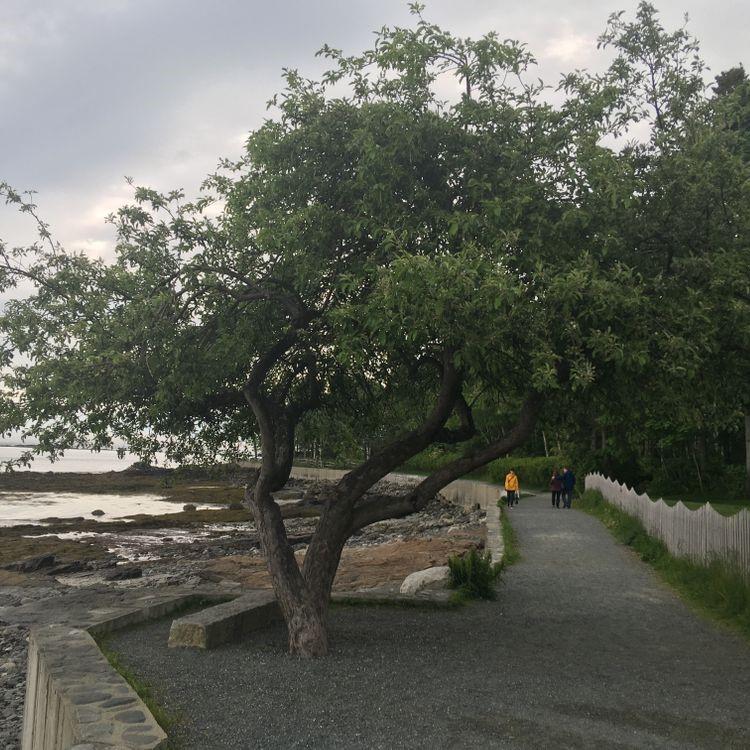
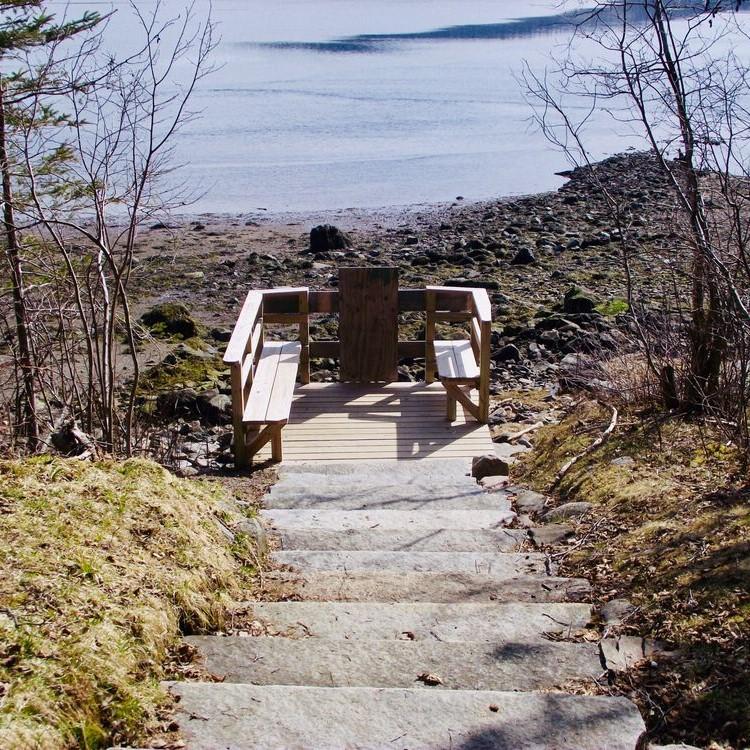
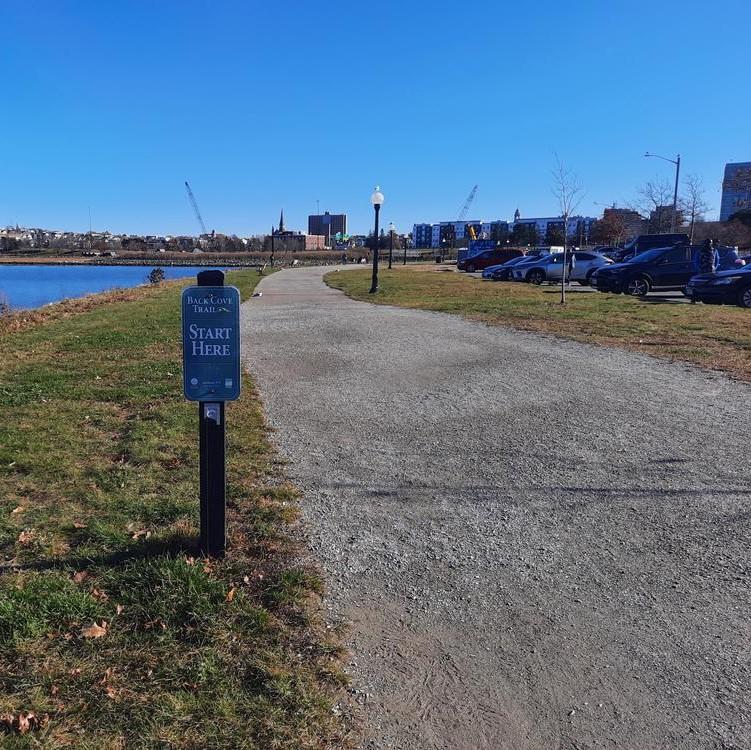
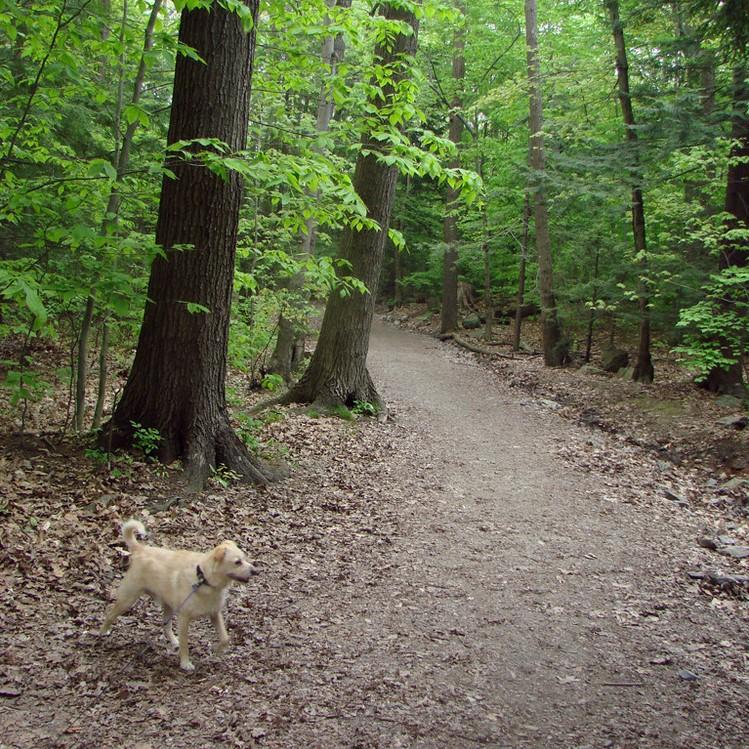
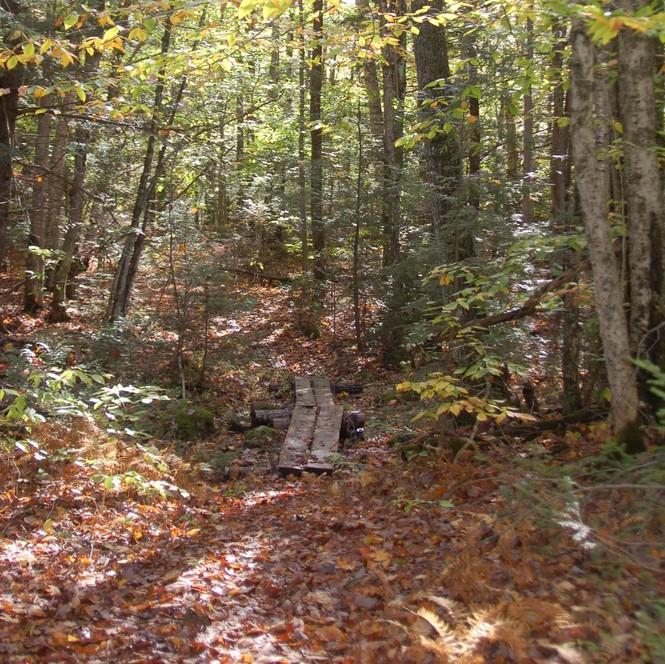
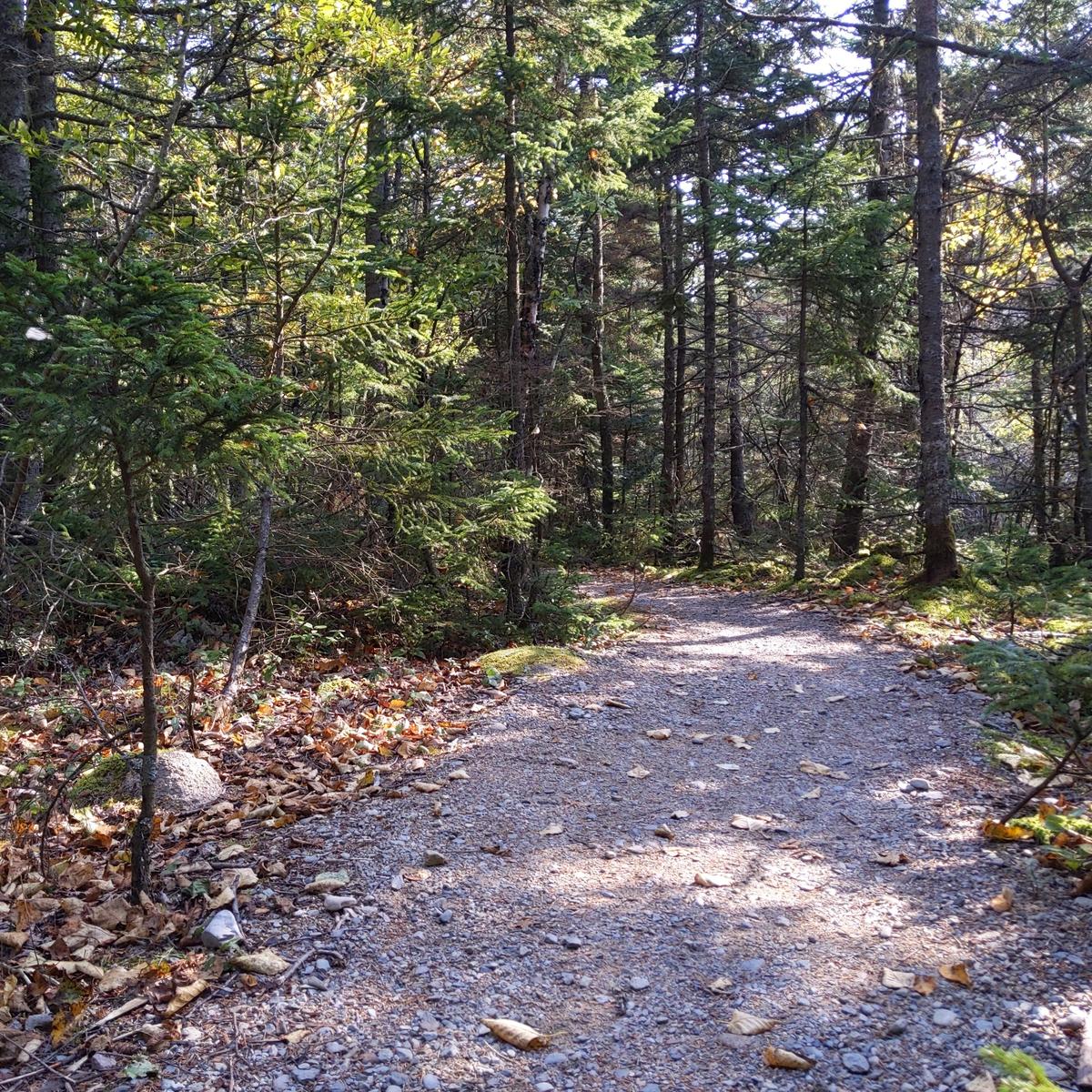
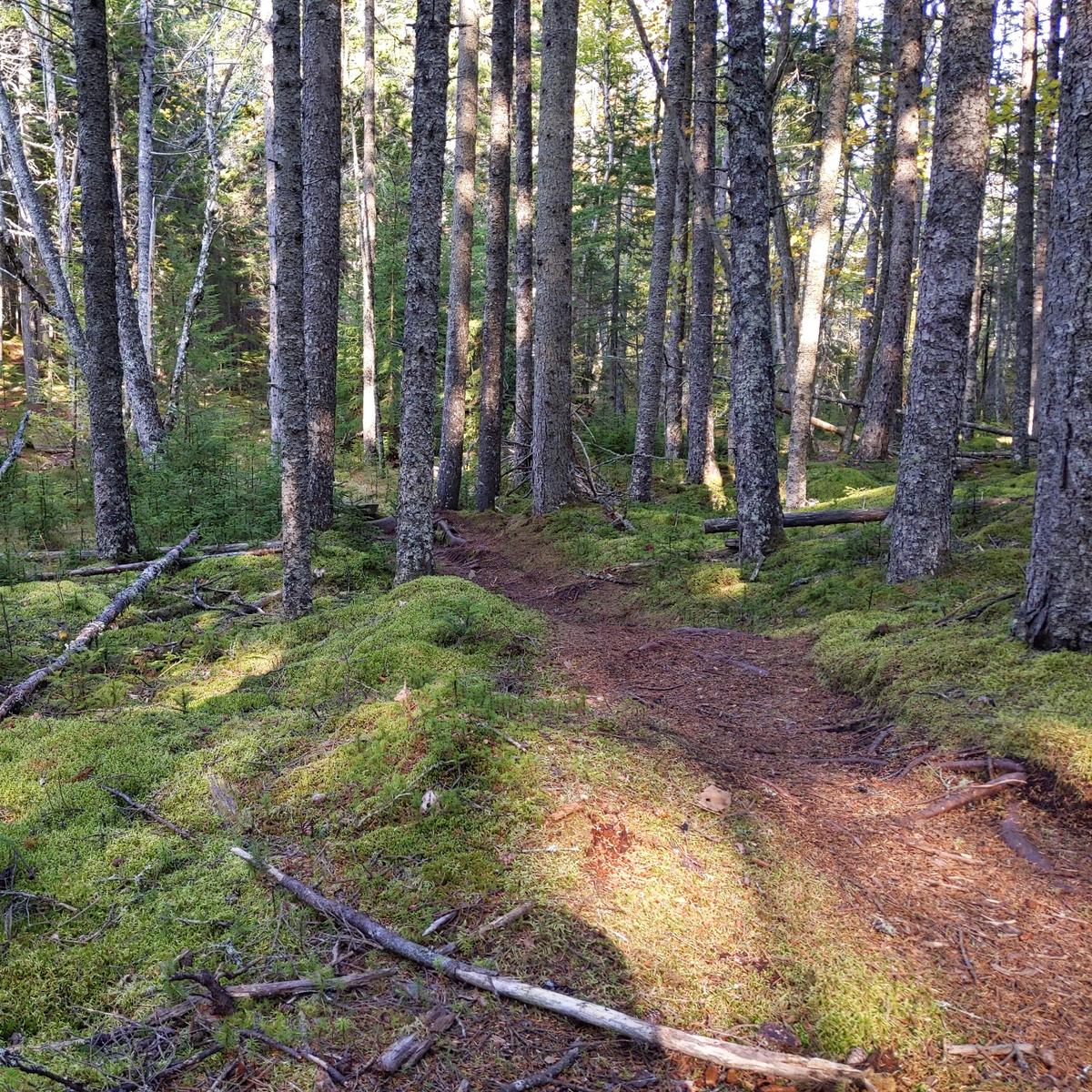
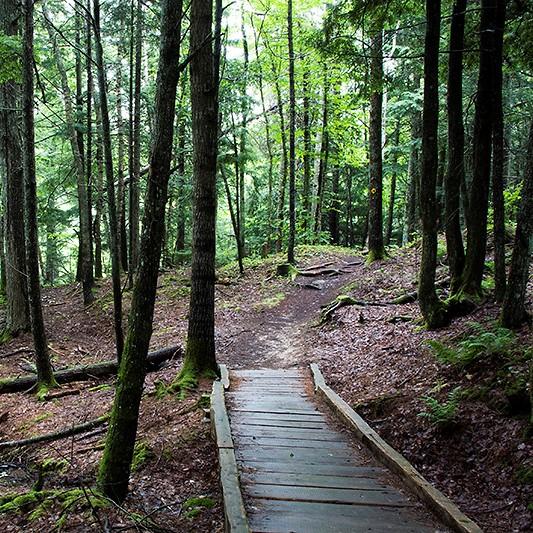
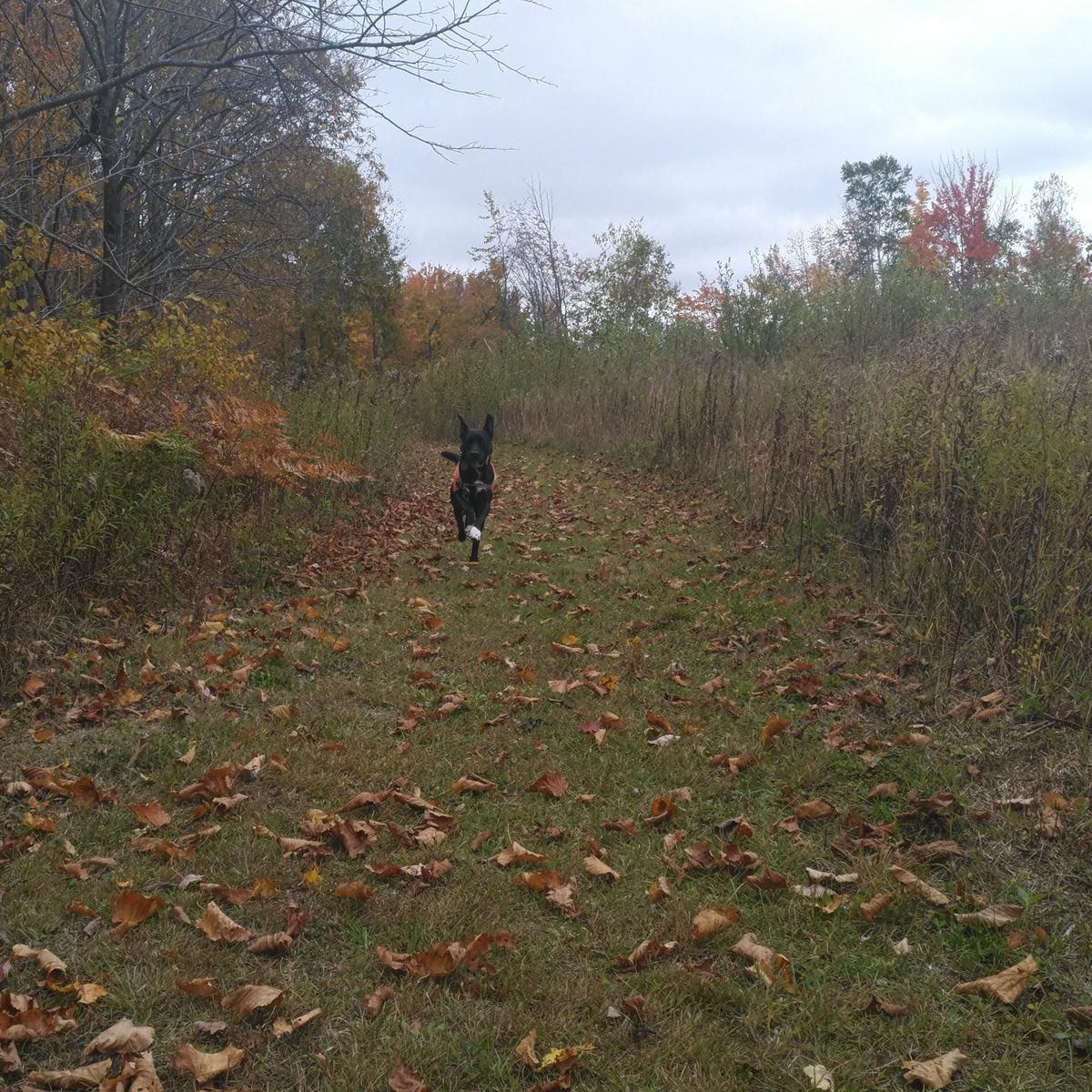
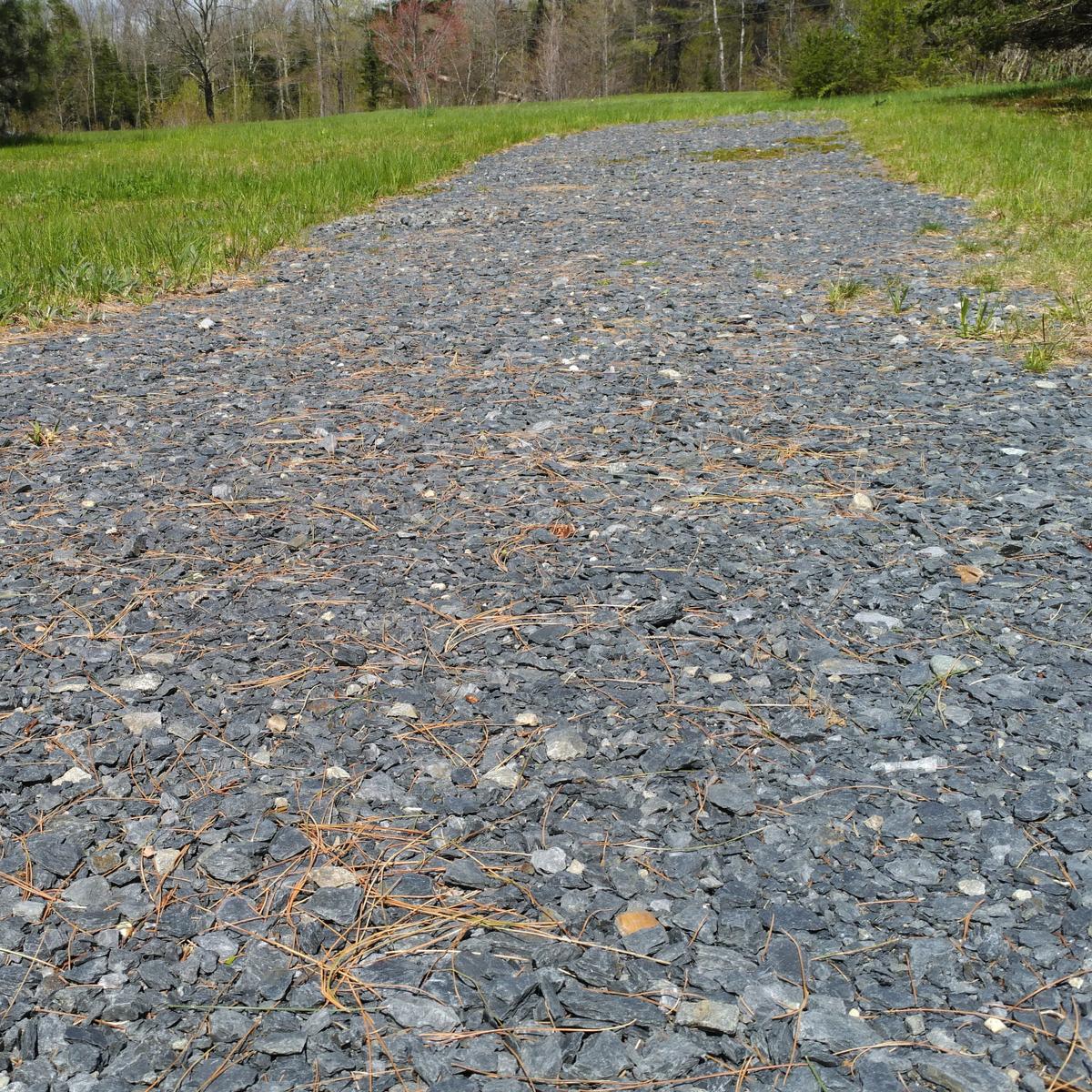
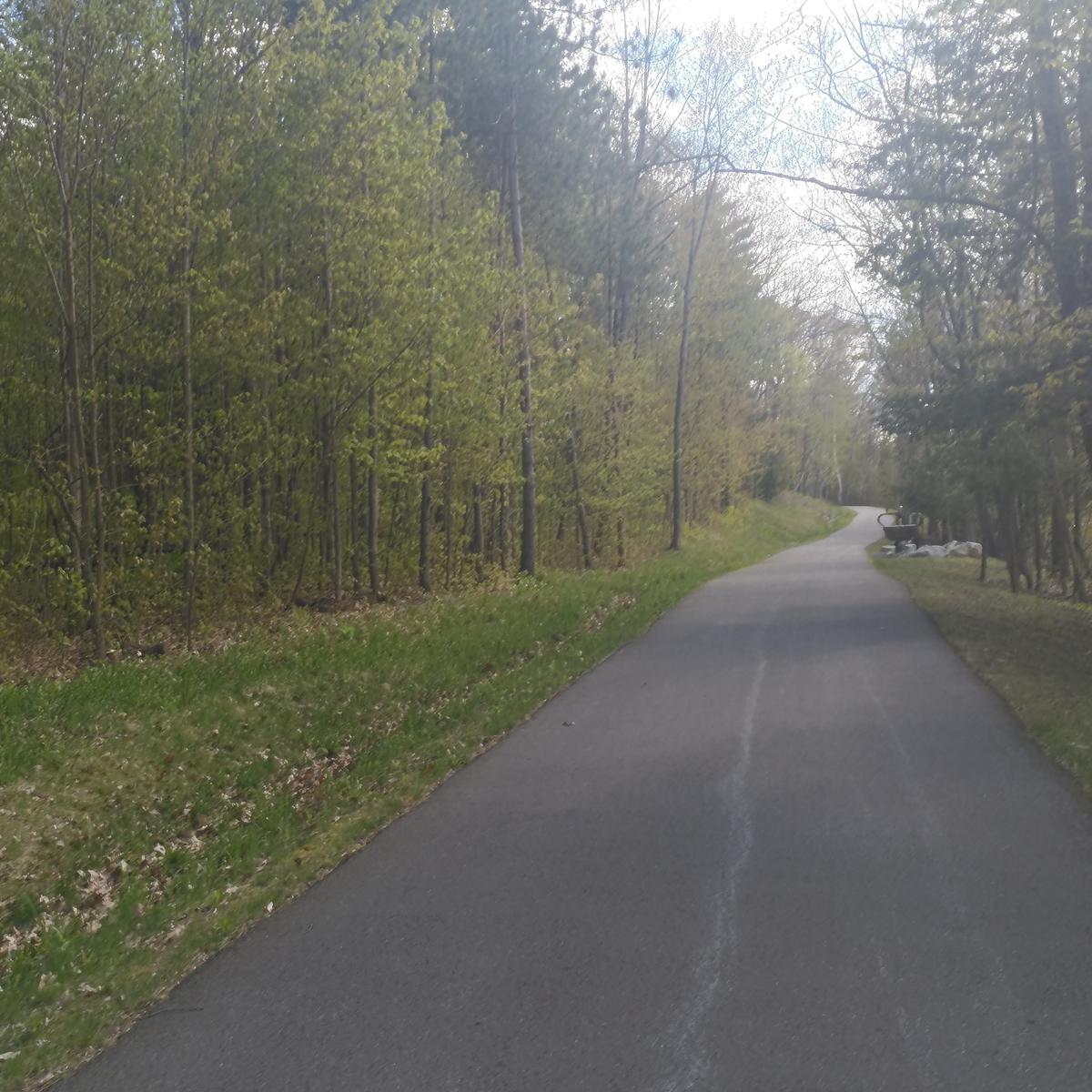
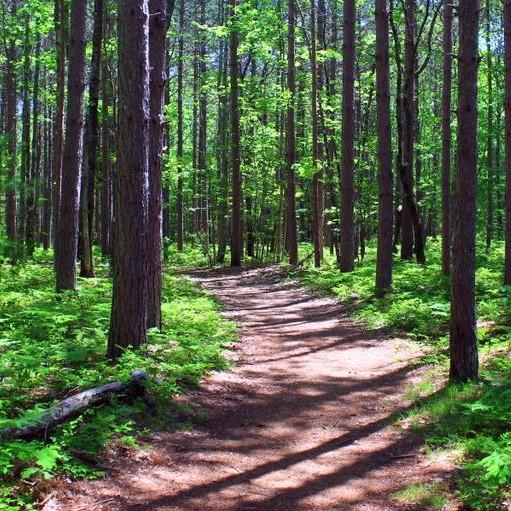
Moderate trails are often narrow or "singletrack." They may have a few hills or steep sections, multiple surface types, and uneven footing, including roots, rocks, and narrow bog bridges. In the mountains, moderate trails may climb to summits or viewpoints, but the climbs should be relatively short (less than two miles).
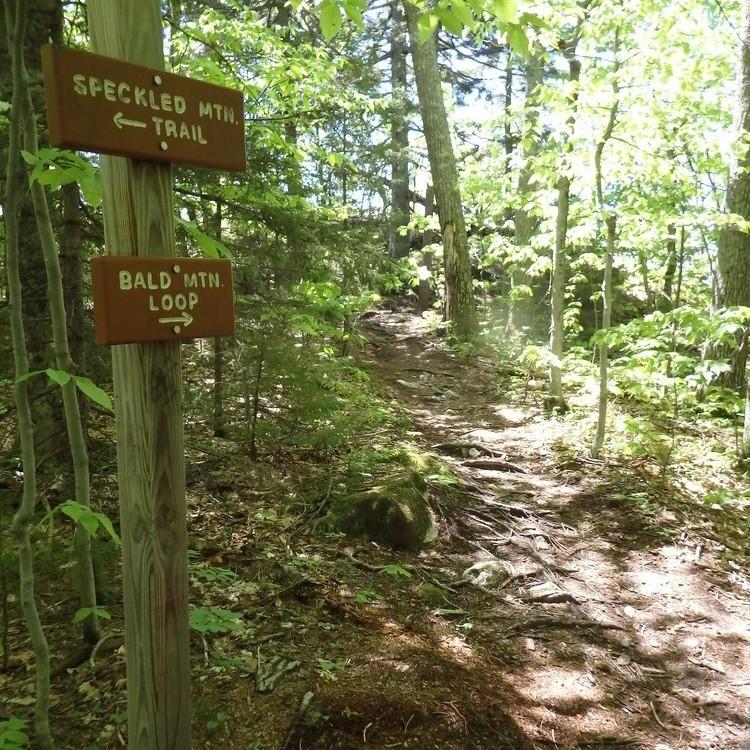
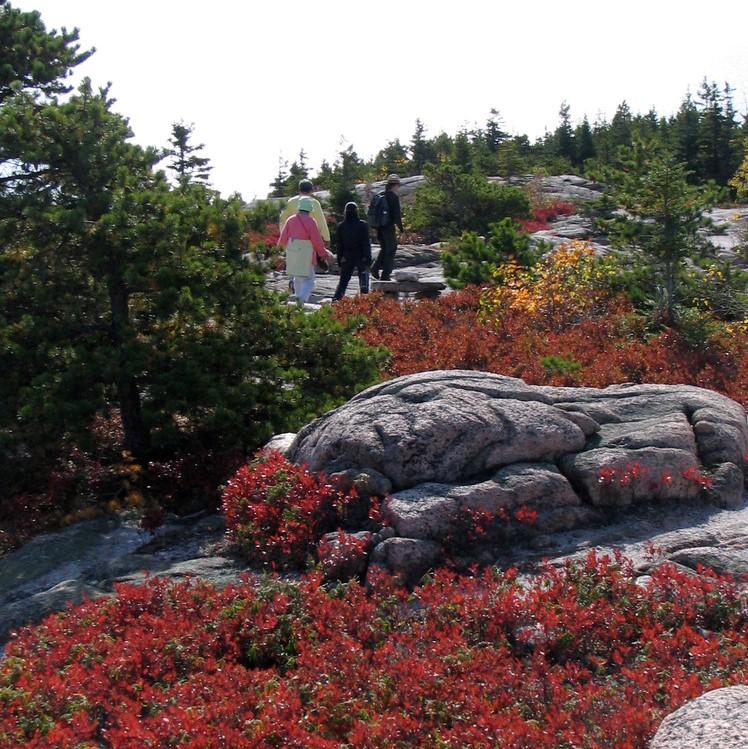
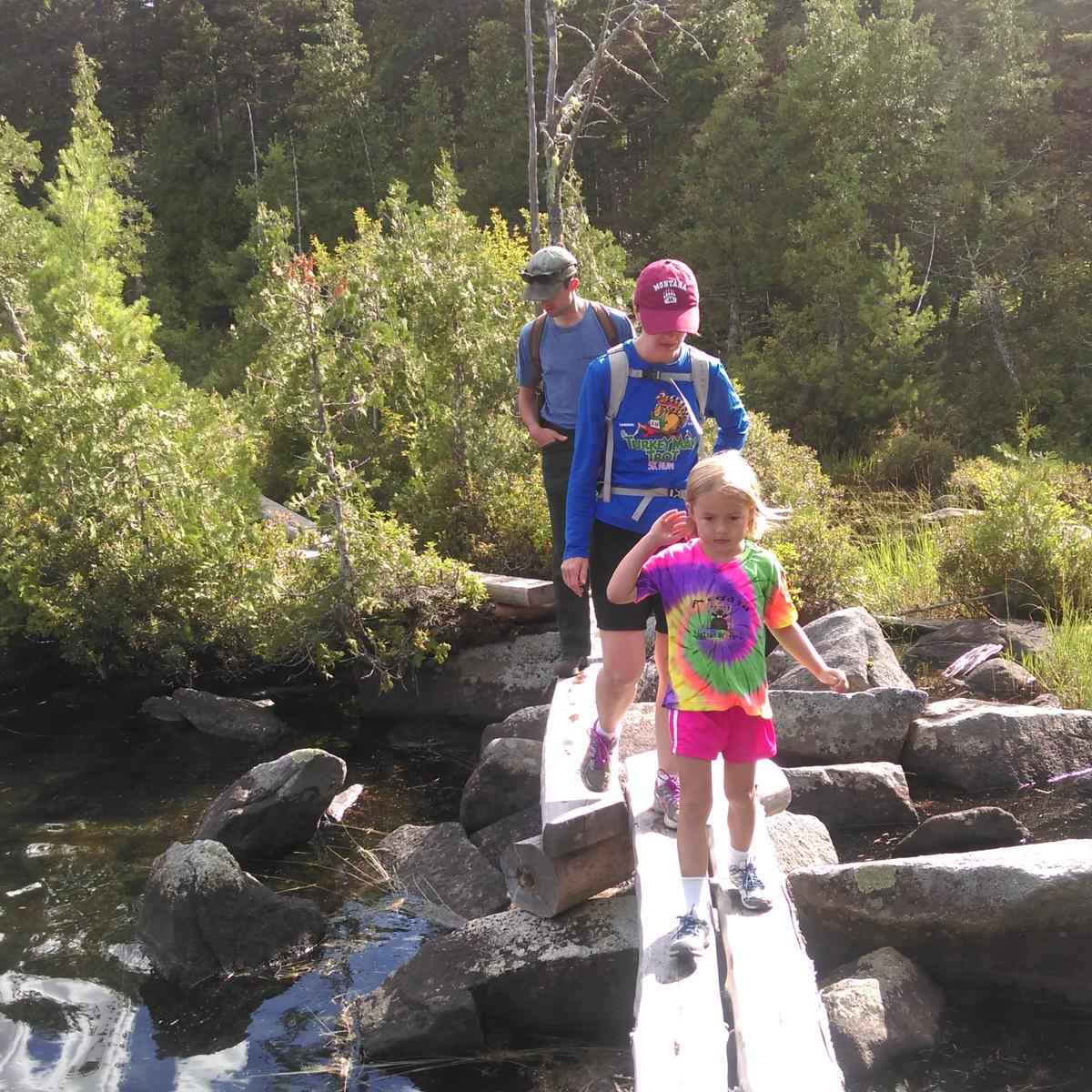
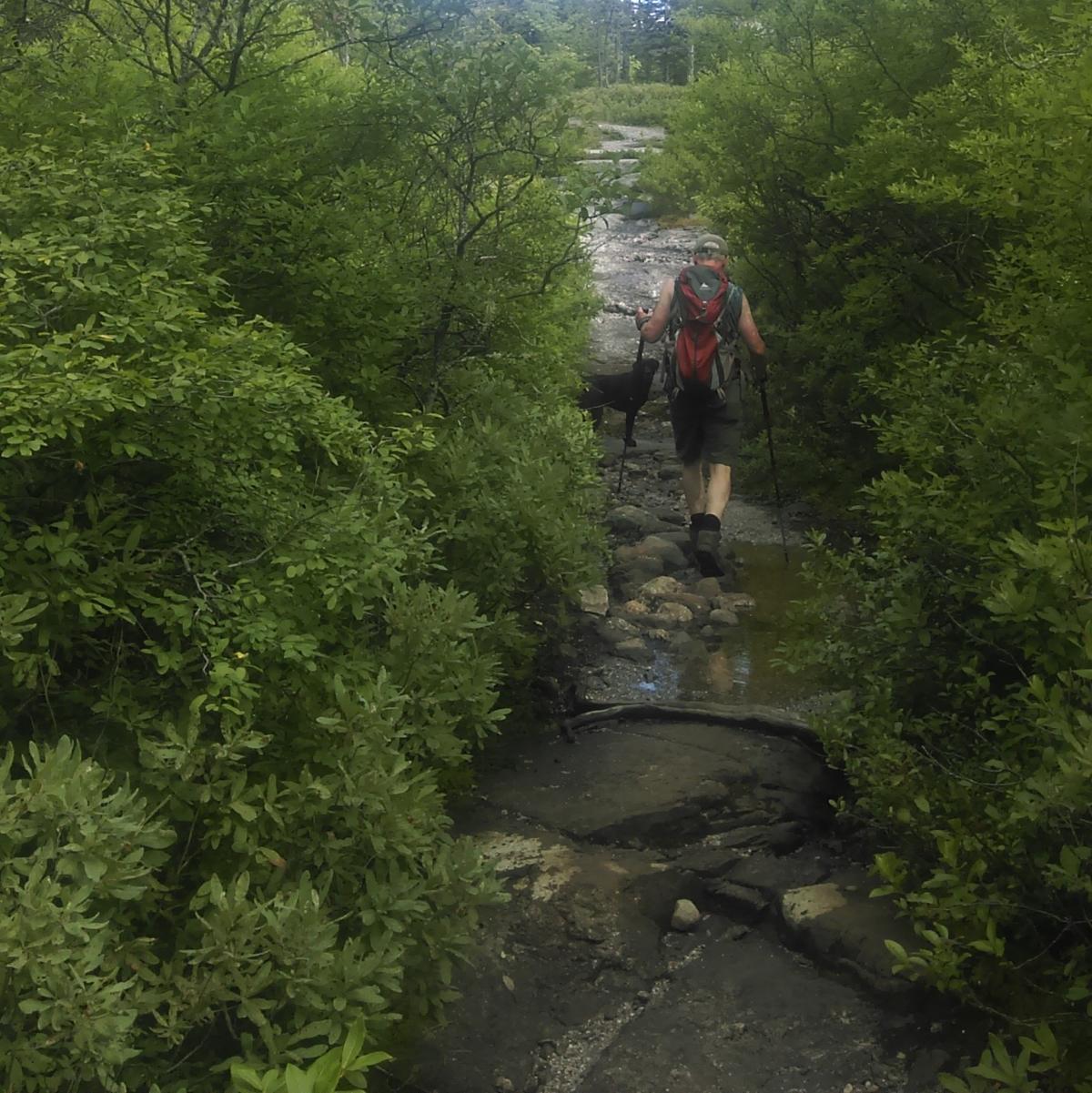
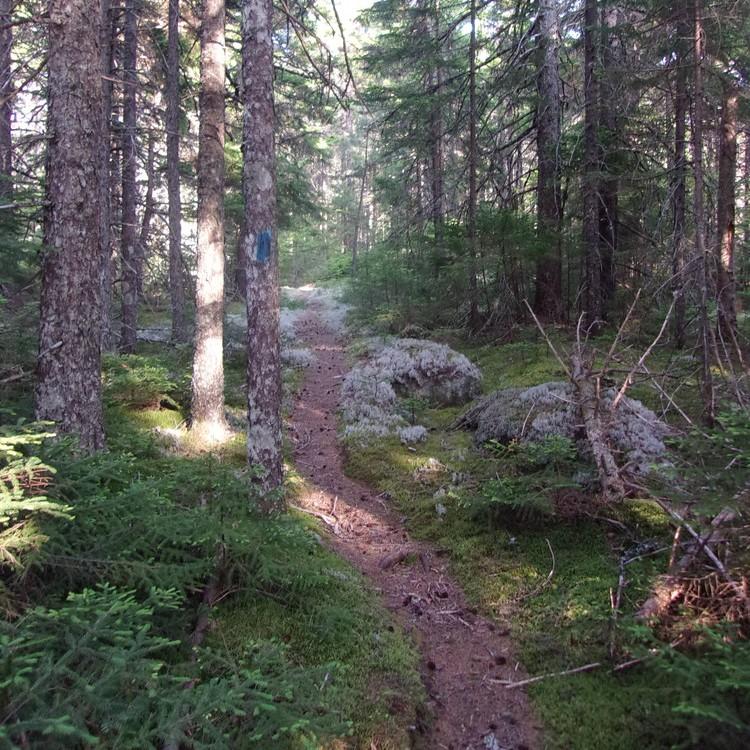
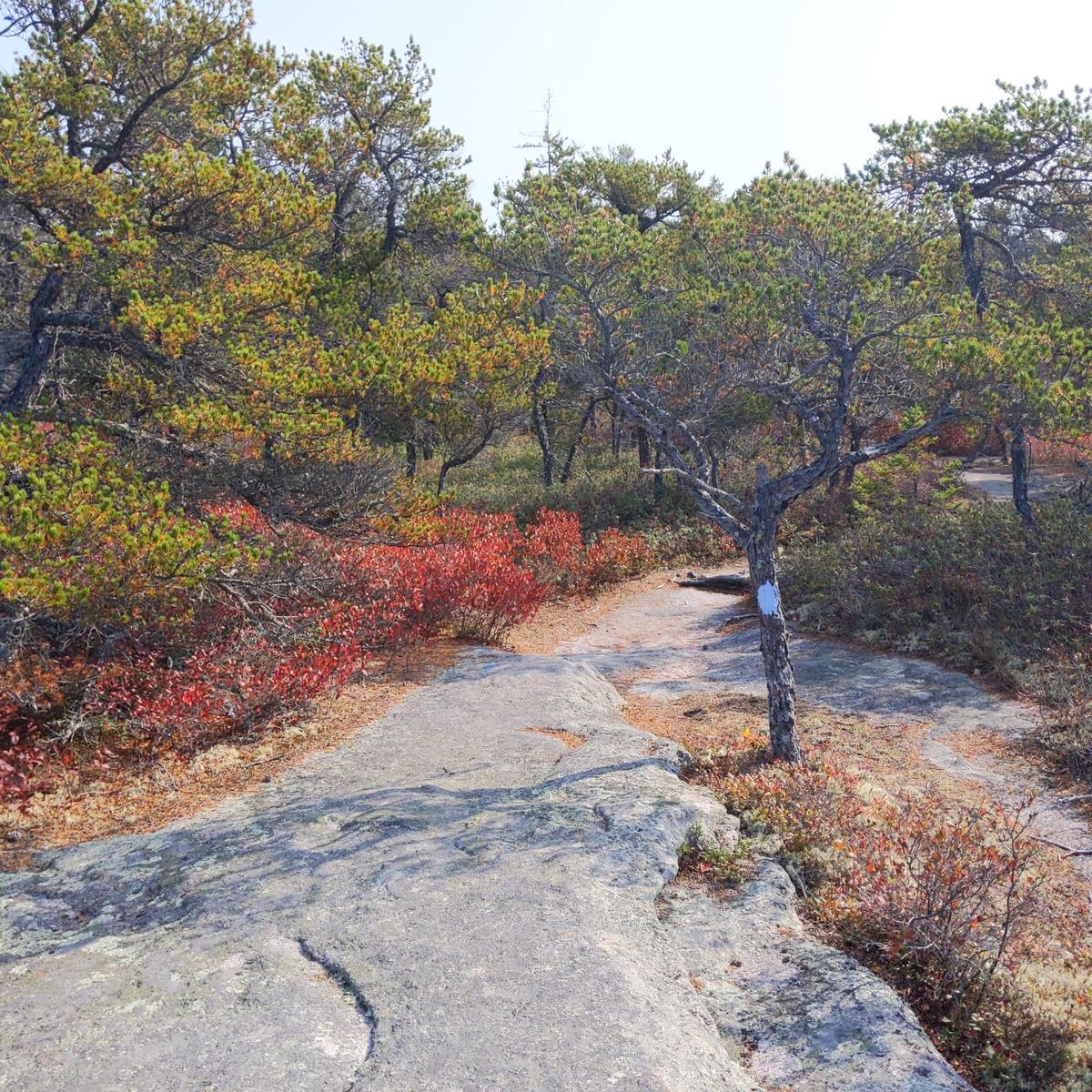
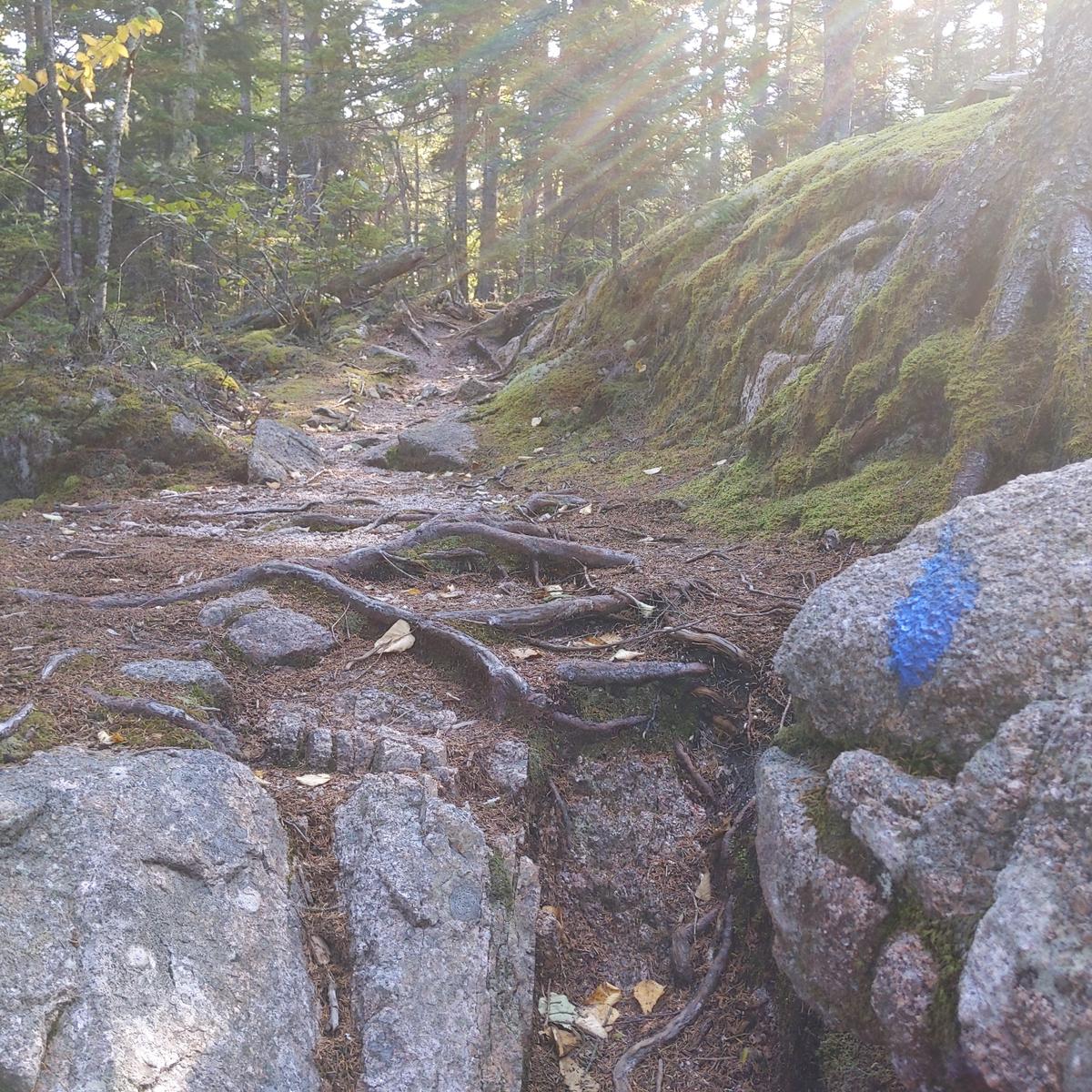
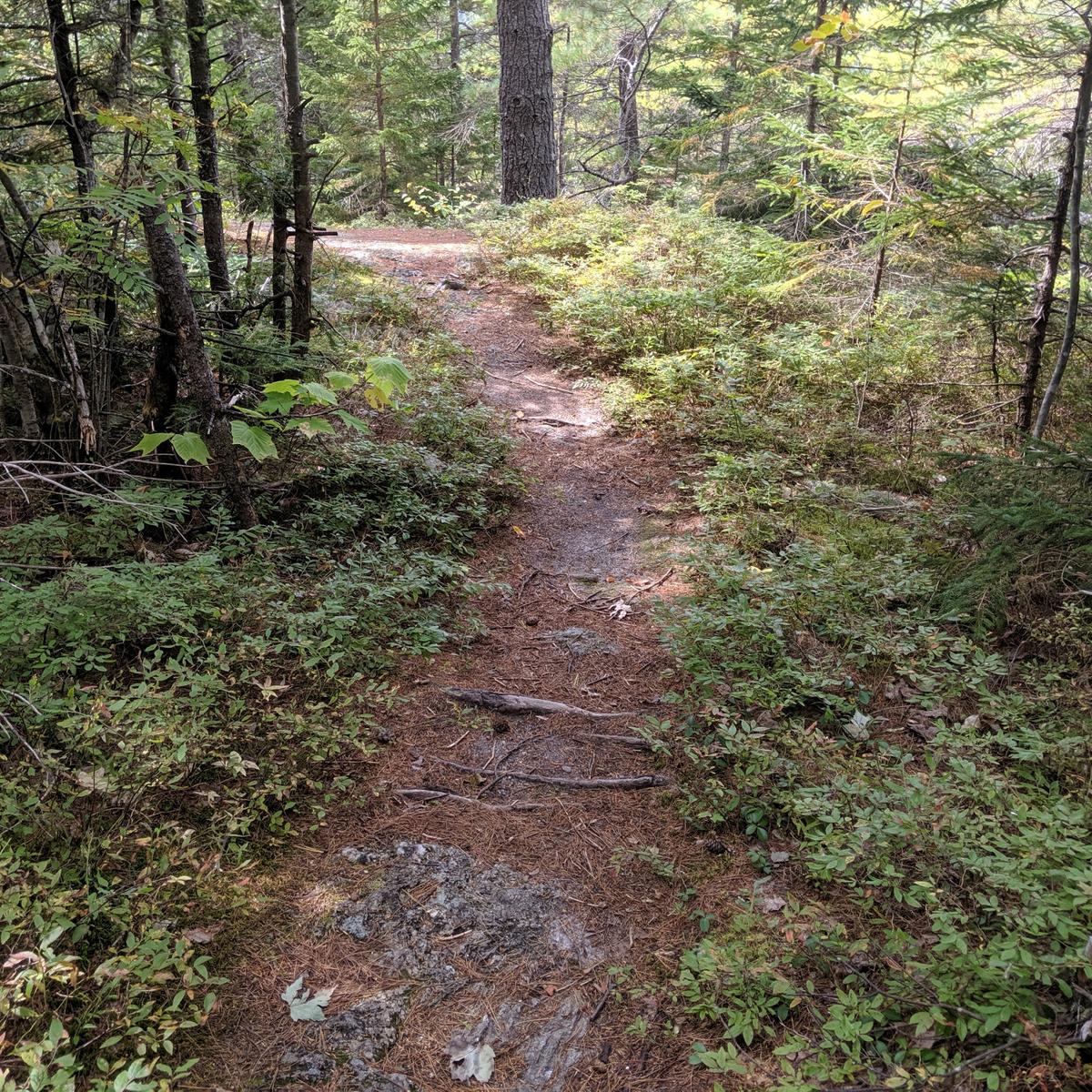
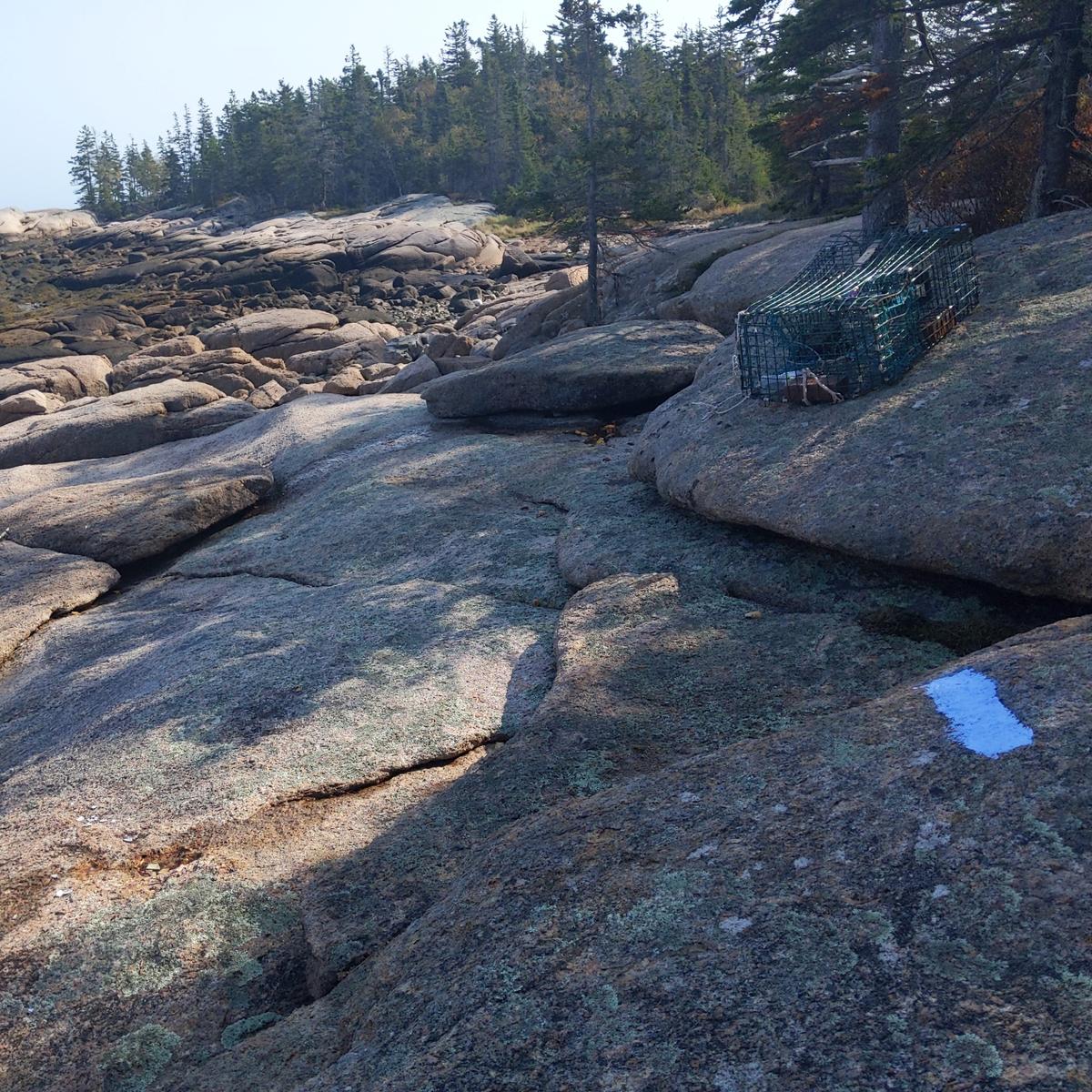
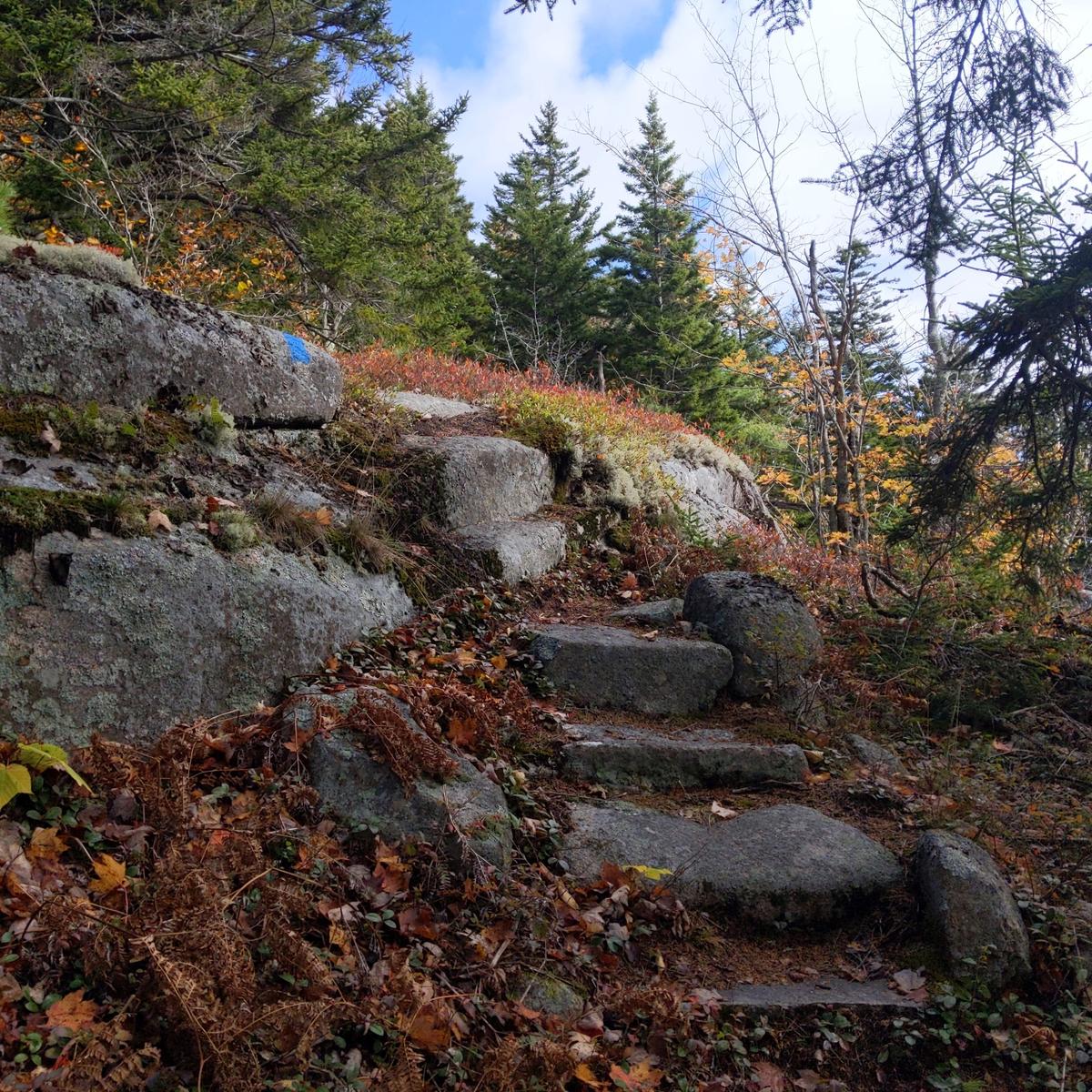
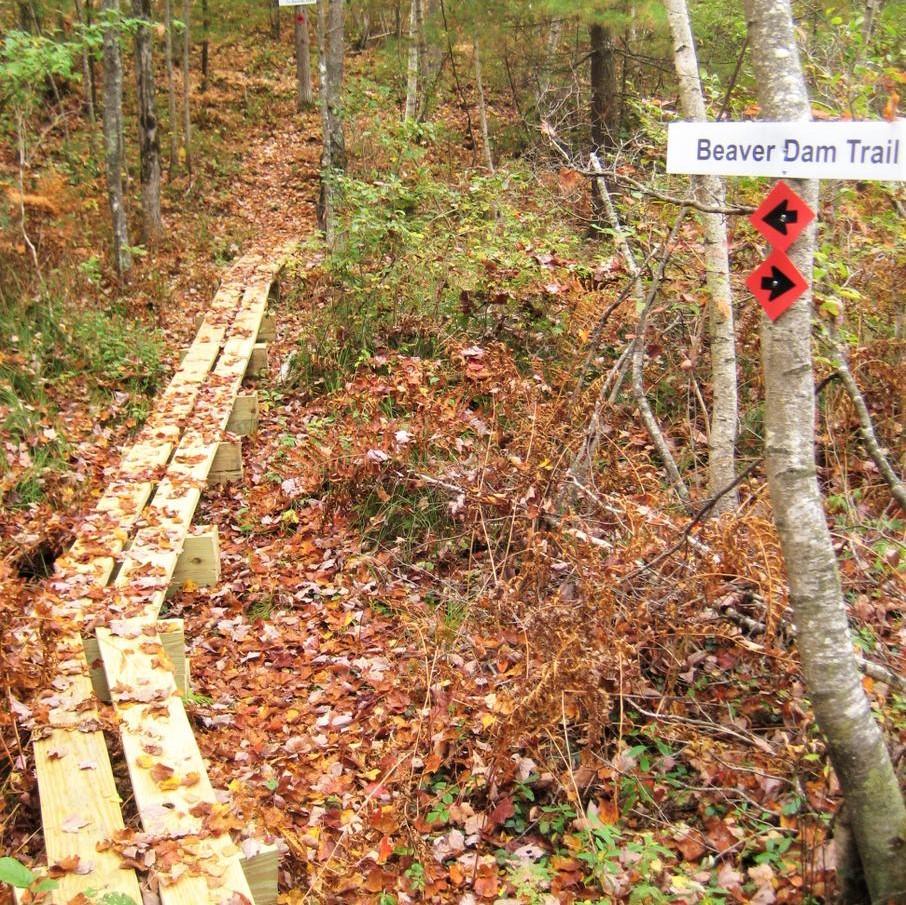
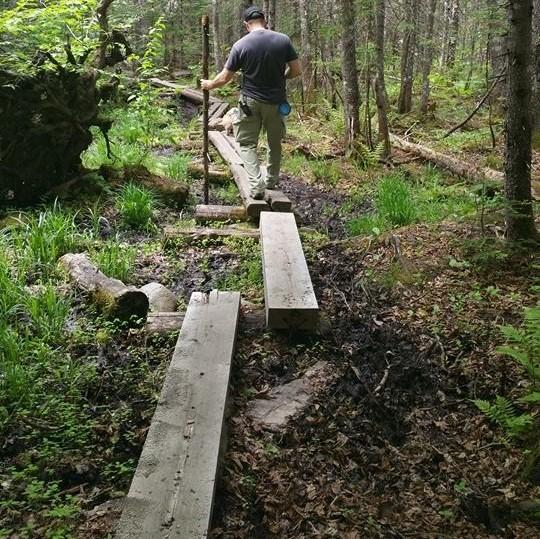
Advanced trails have a natural surface and more difficult hills, exposed roots and slipping hazards. Sustained climbs may be longer than two miles and may include significant rock staircases and/or some exposure. There could be sections of rock scrambling, where using hands is required. Many advanced trails are in the mountains and users should be aware of changing weather patterns. In many cases, medical rescue may take hours.
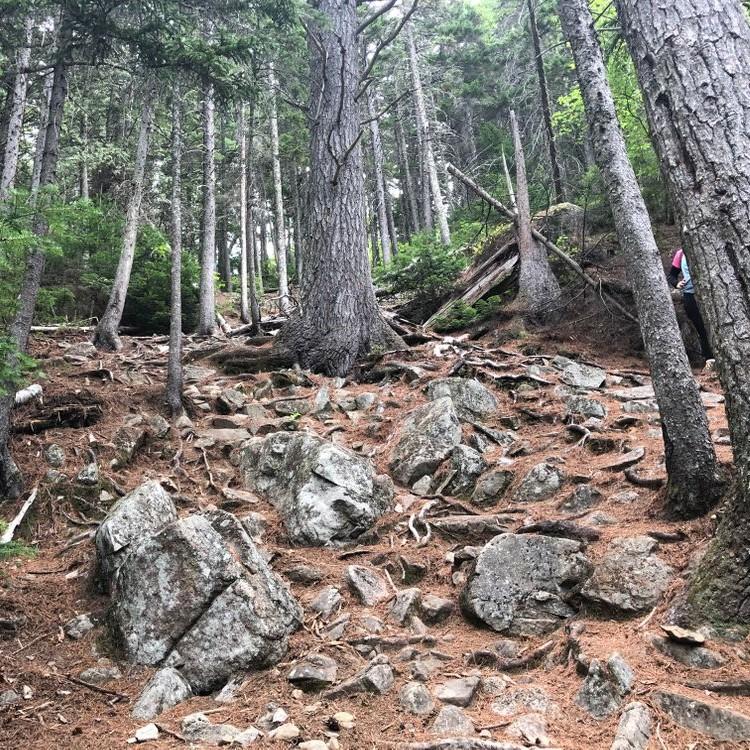
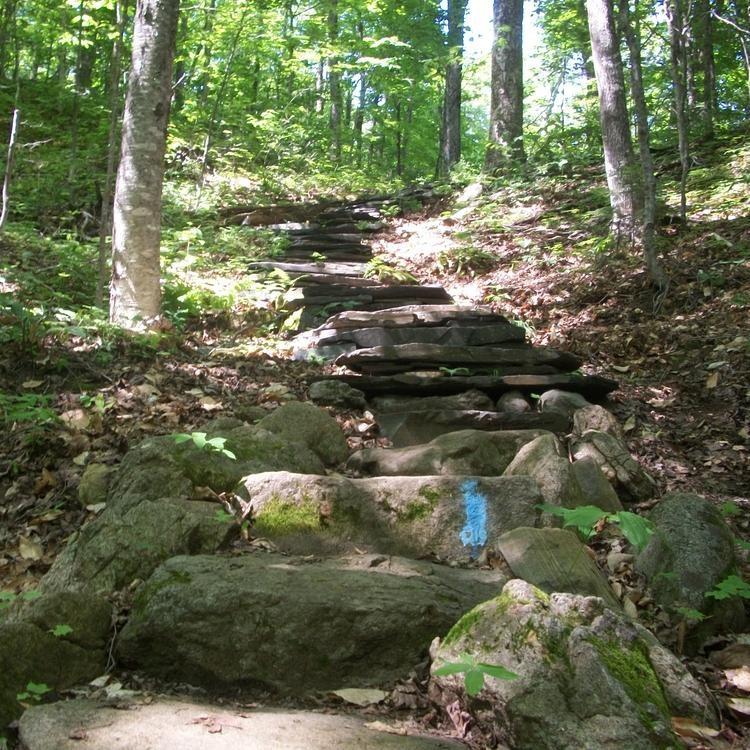
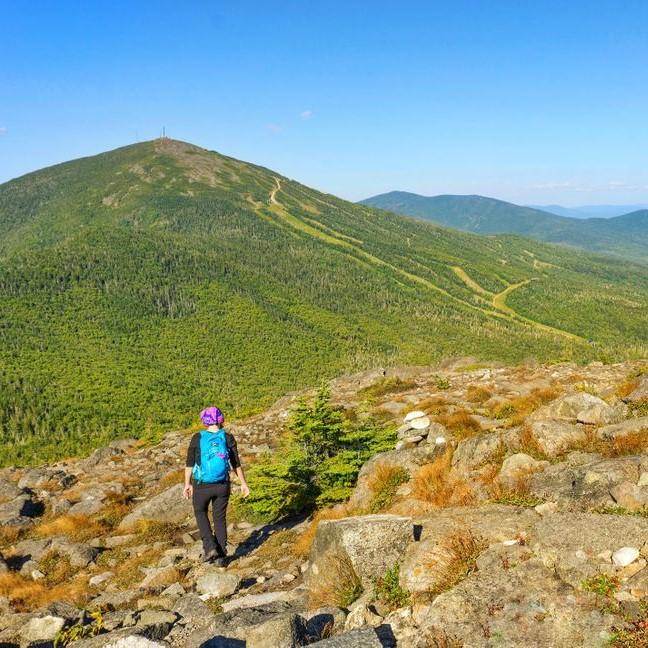
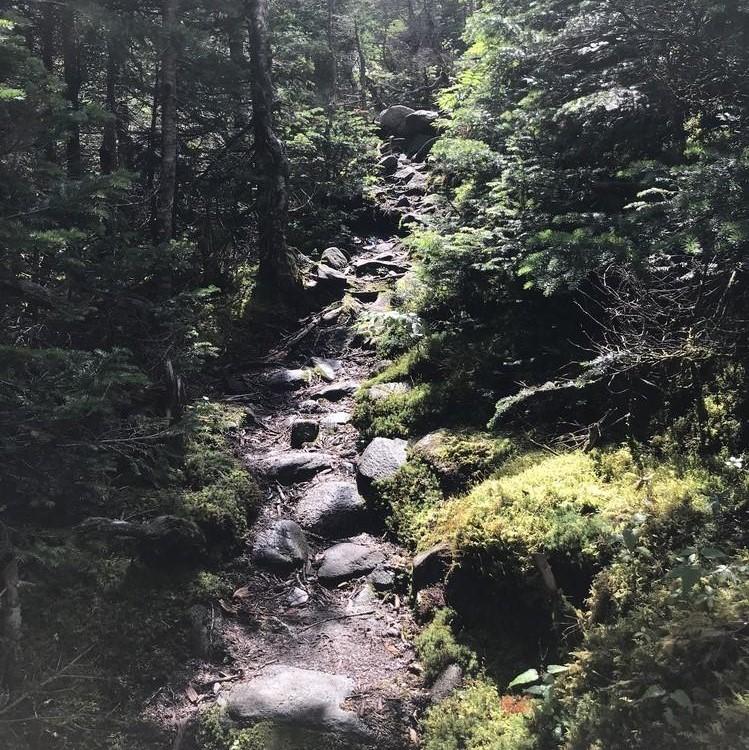
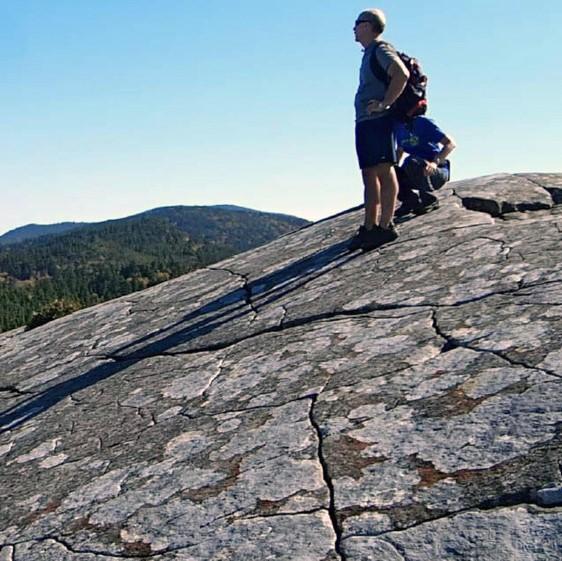
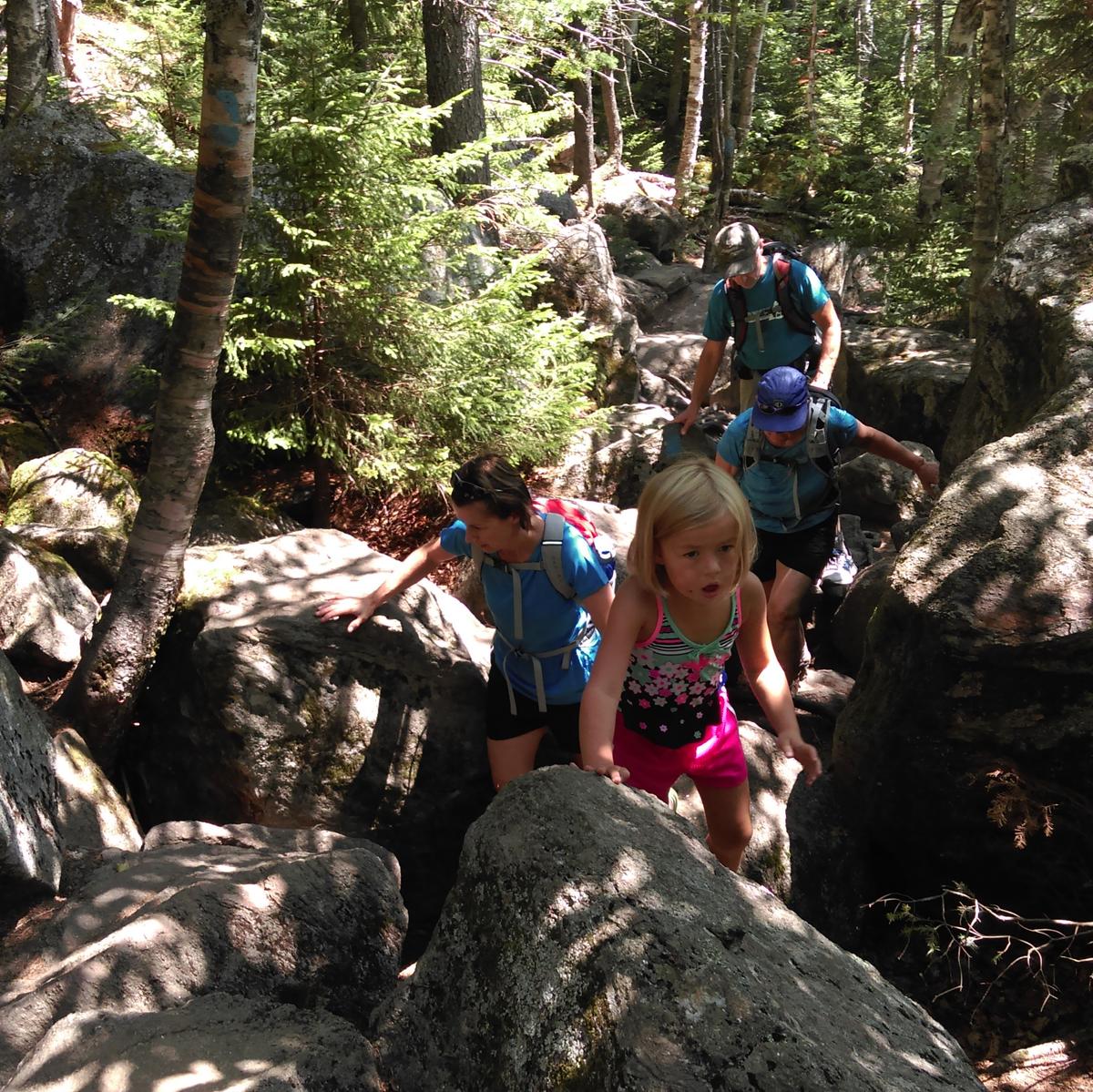
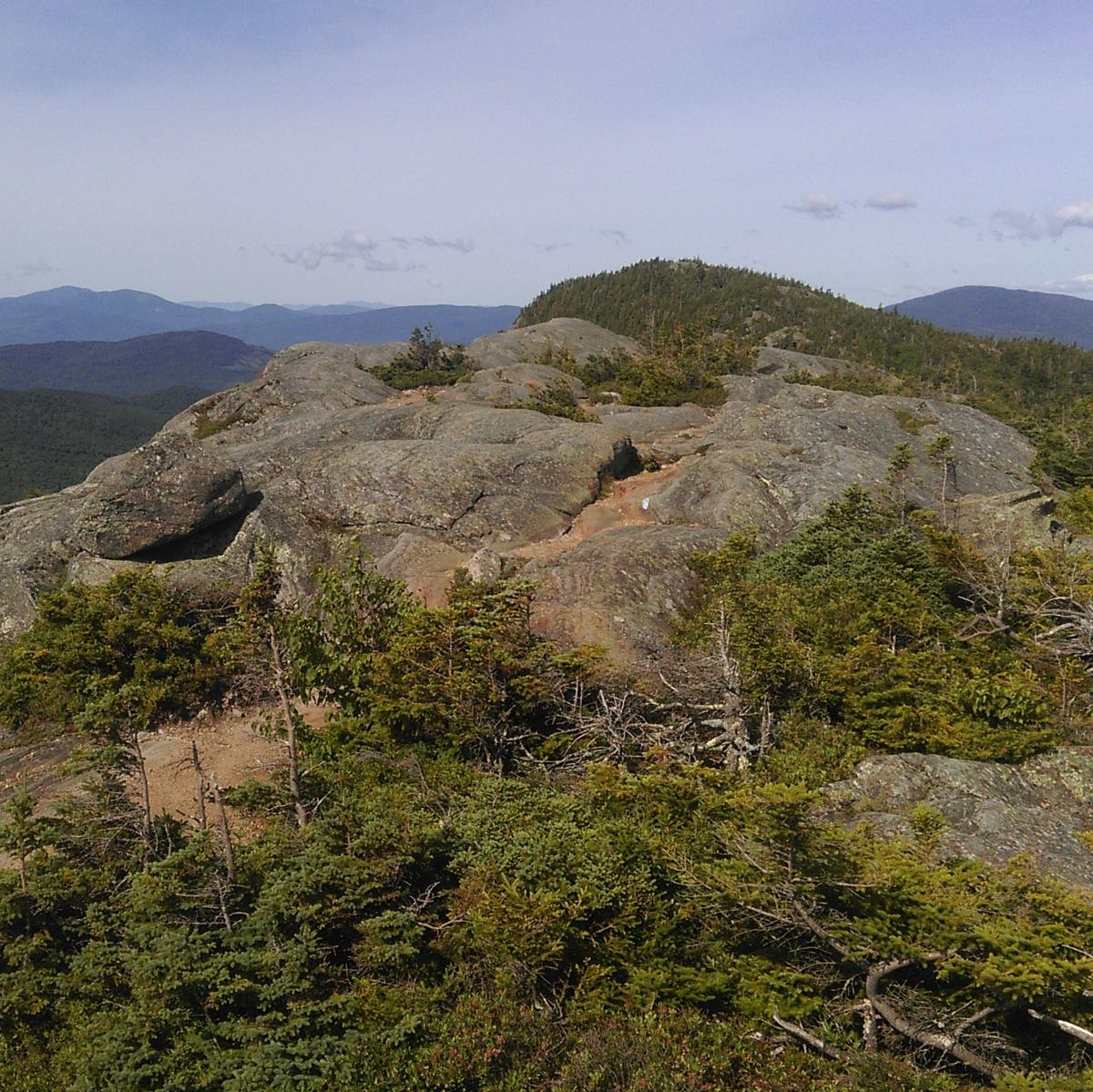
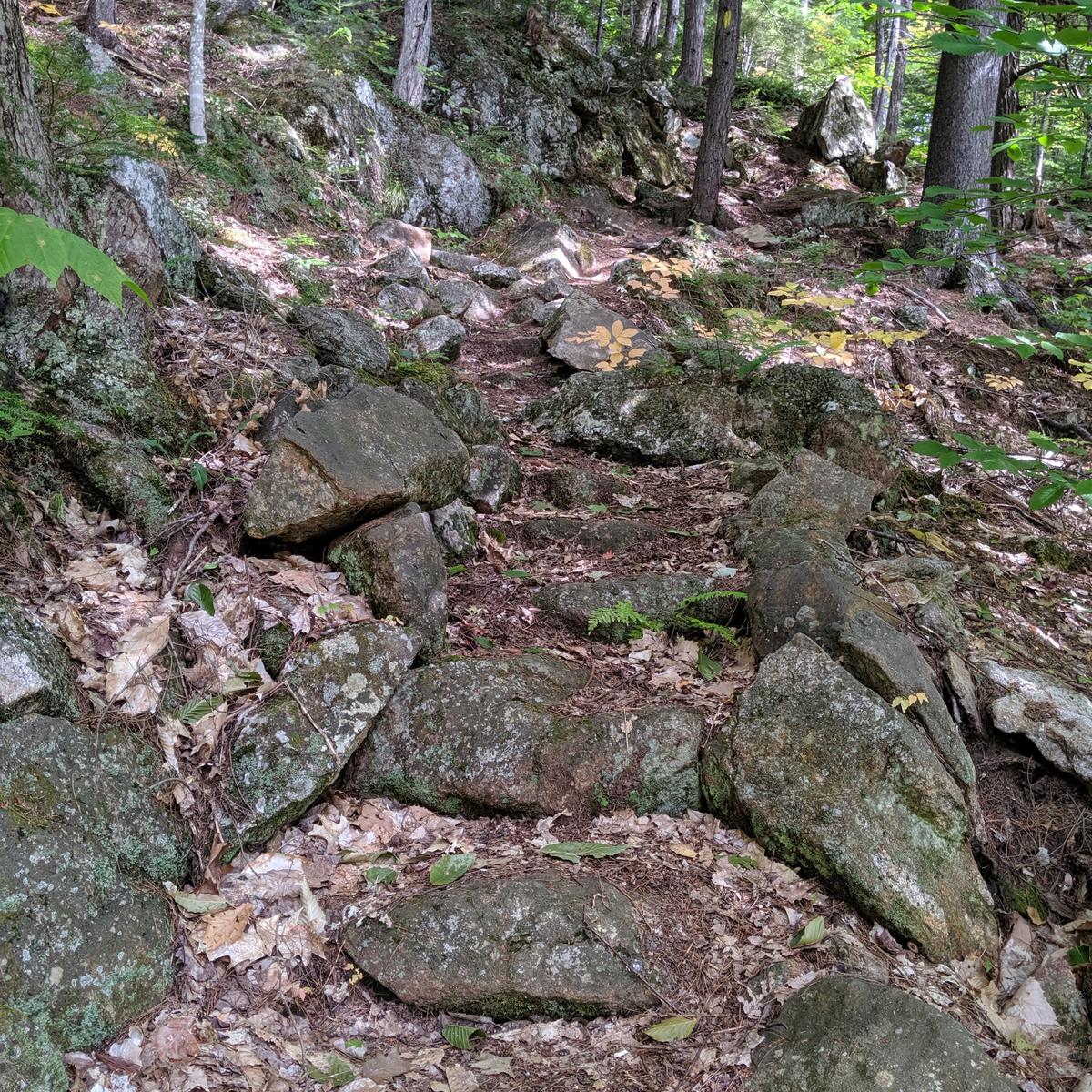
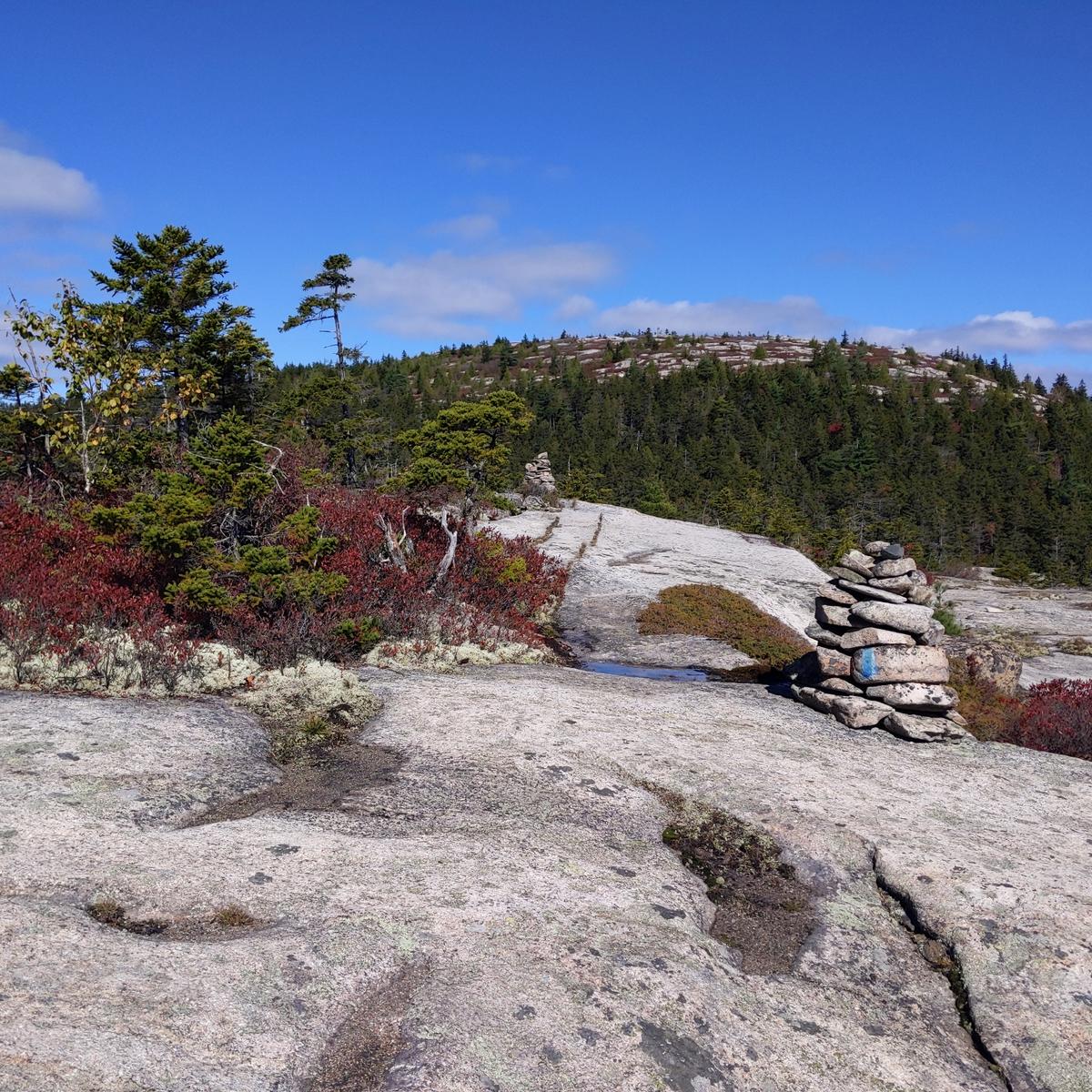
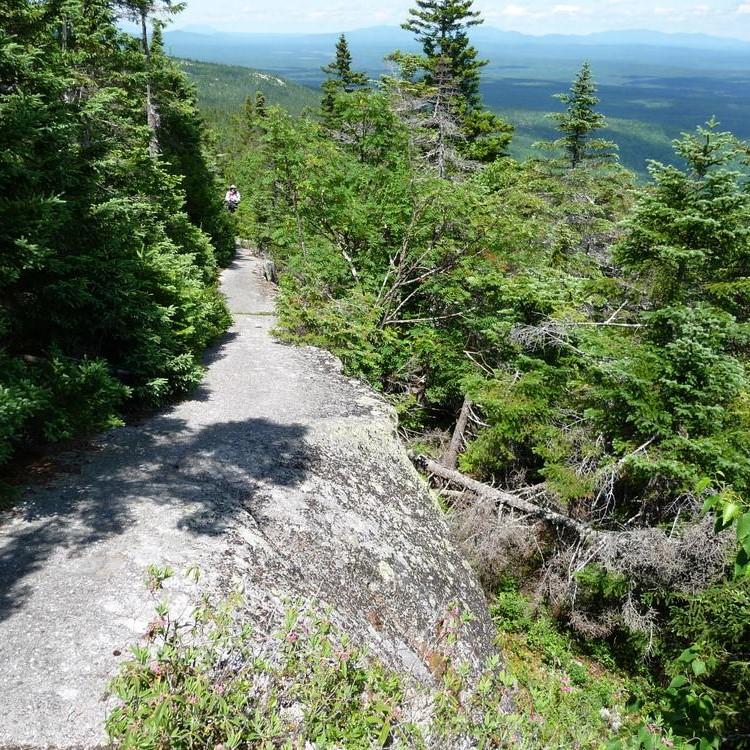
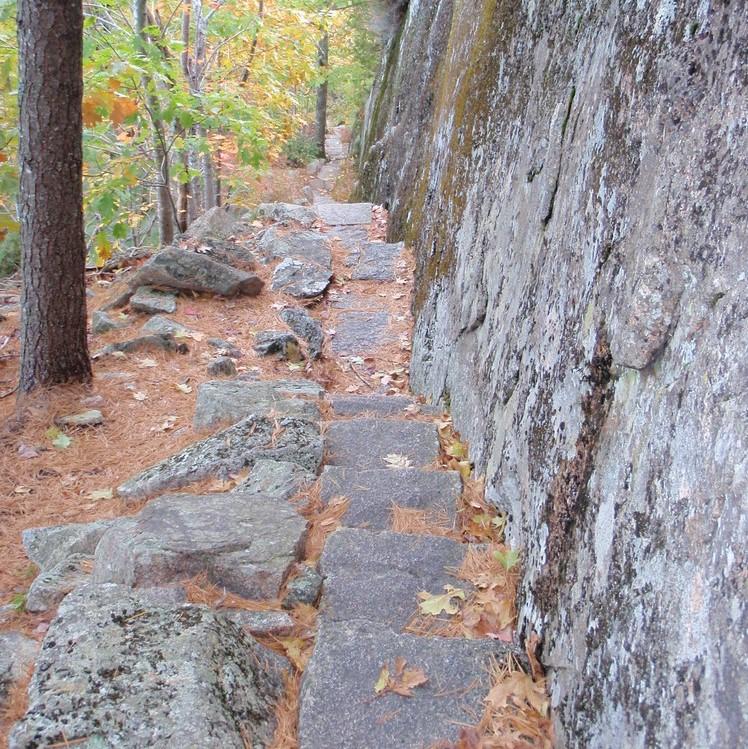
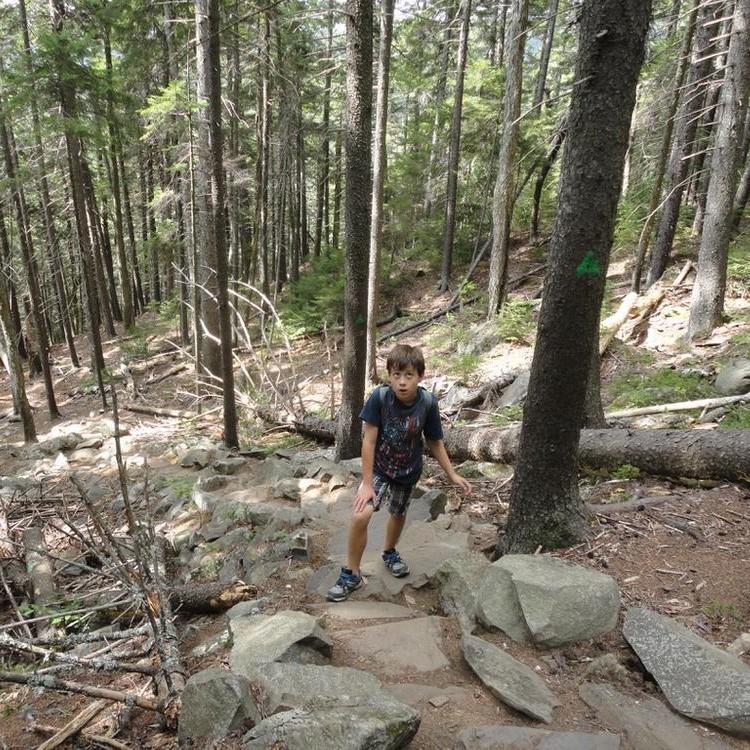
Single track, natural surface, narrow trails with long climbs, extremely steep sections, significant exposure, exposed roots and slipping hazards. There may be steep sections of rock slabs with or without ladders. Trails may also have unbridged stream crossings and/or rocky areas to traverse or climb. Most strenuous trails are in the mountains and require stamina, balance, and preparation. Users should be aware of changing weather patterns. Medical rescue may take hours.
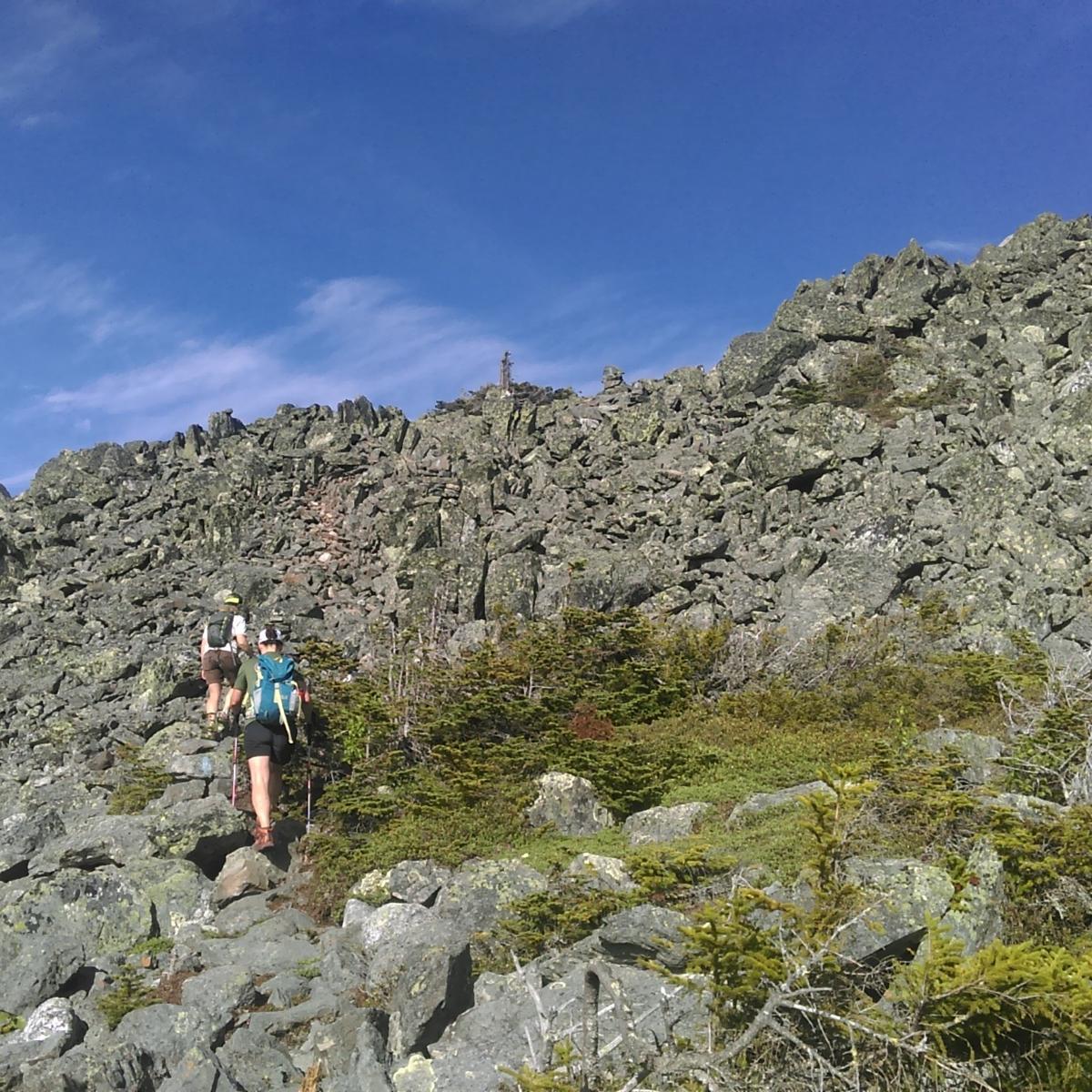
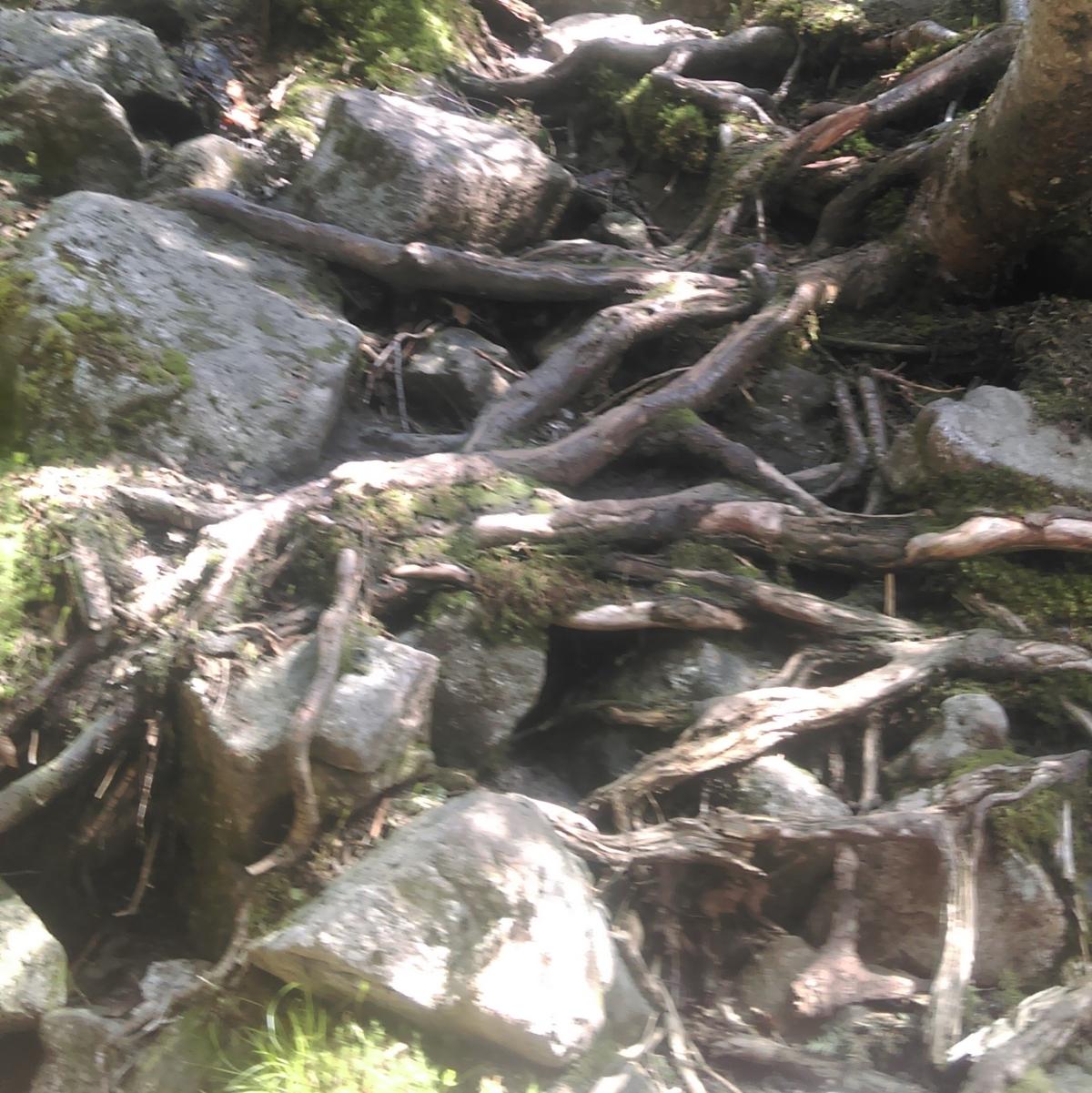
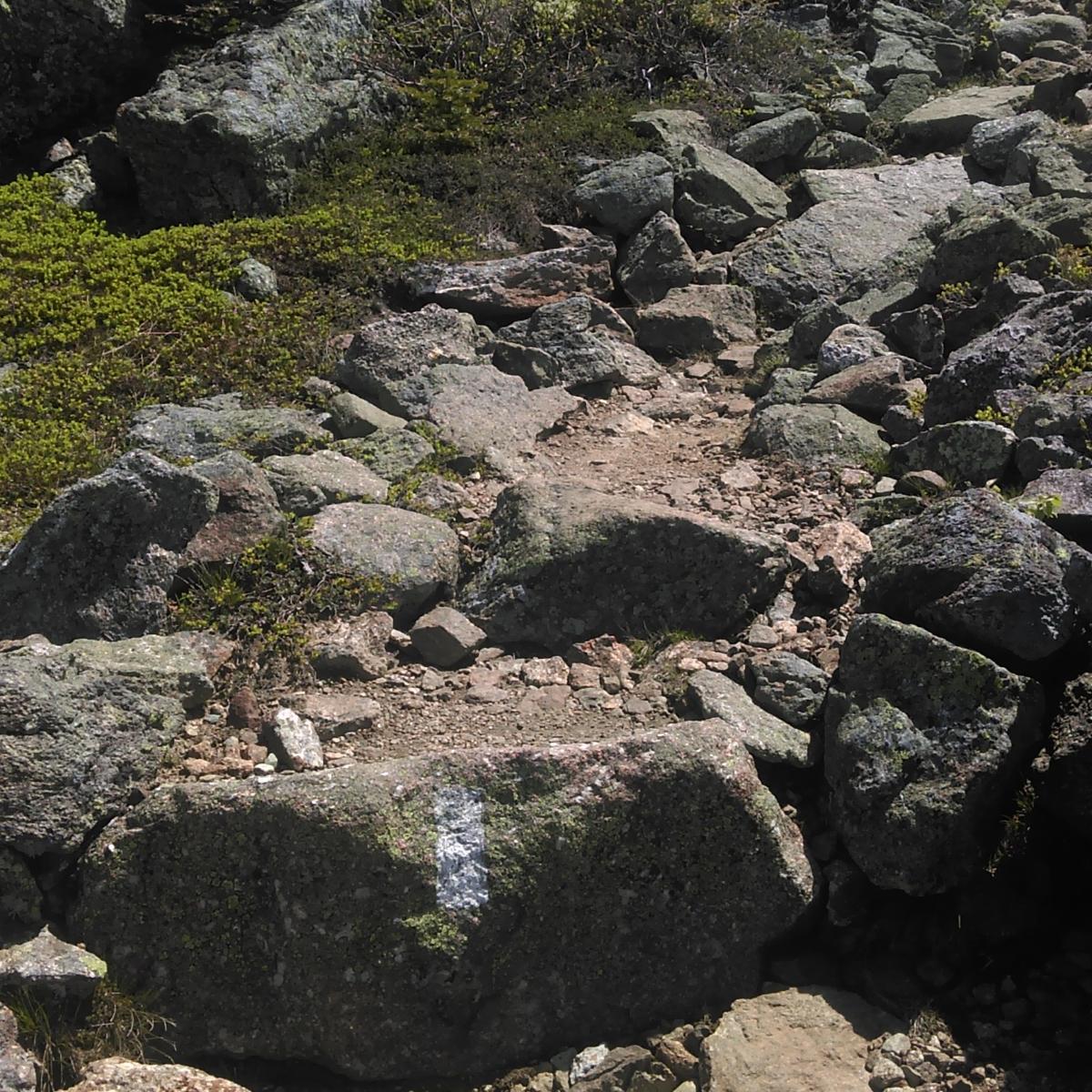
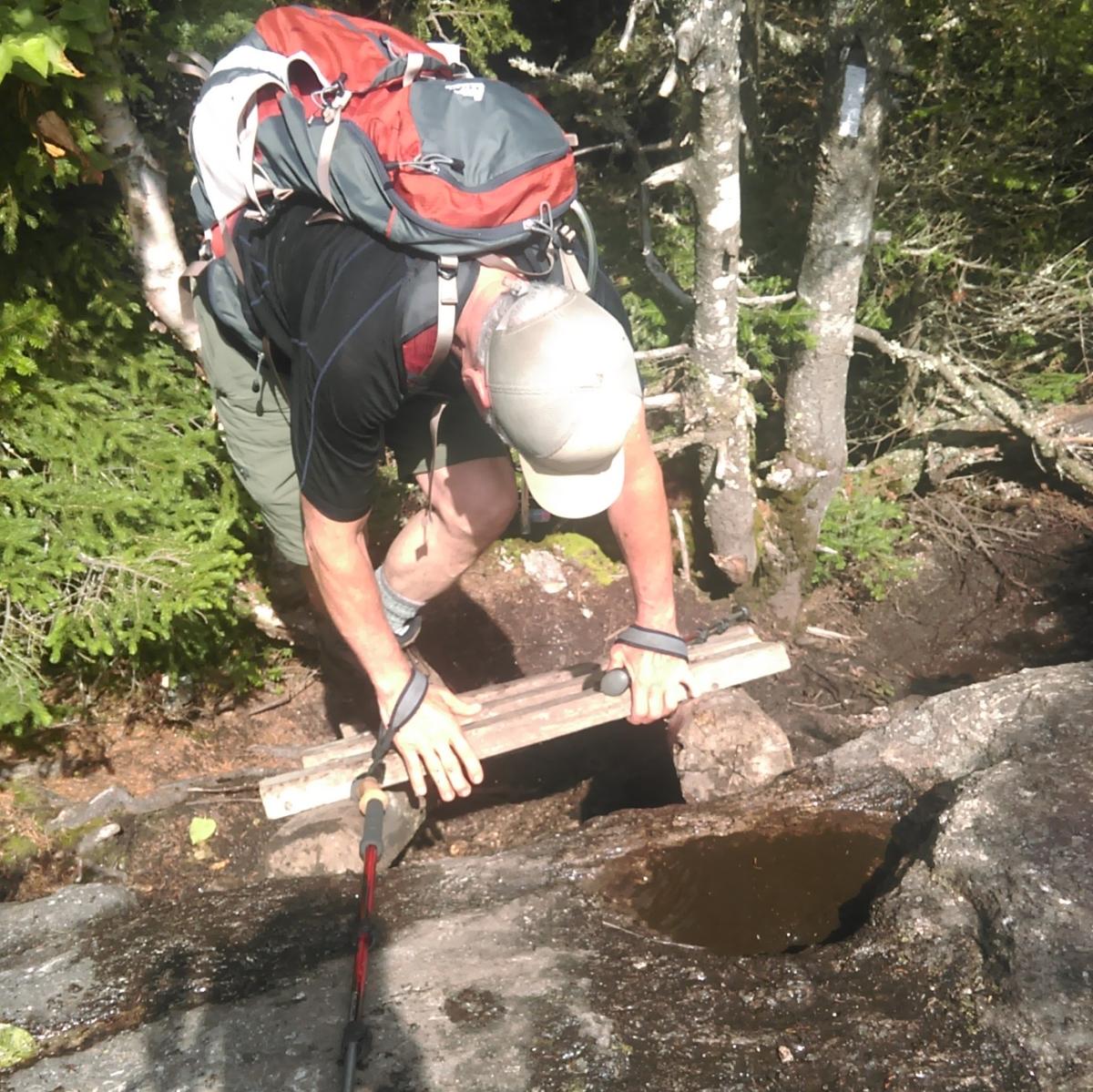
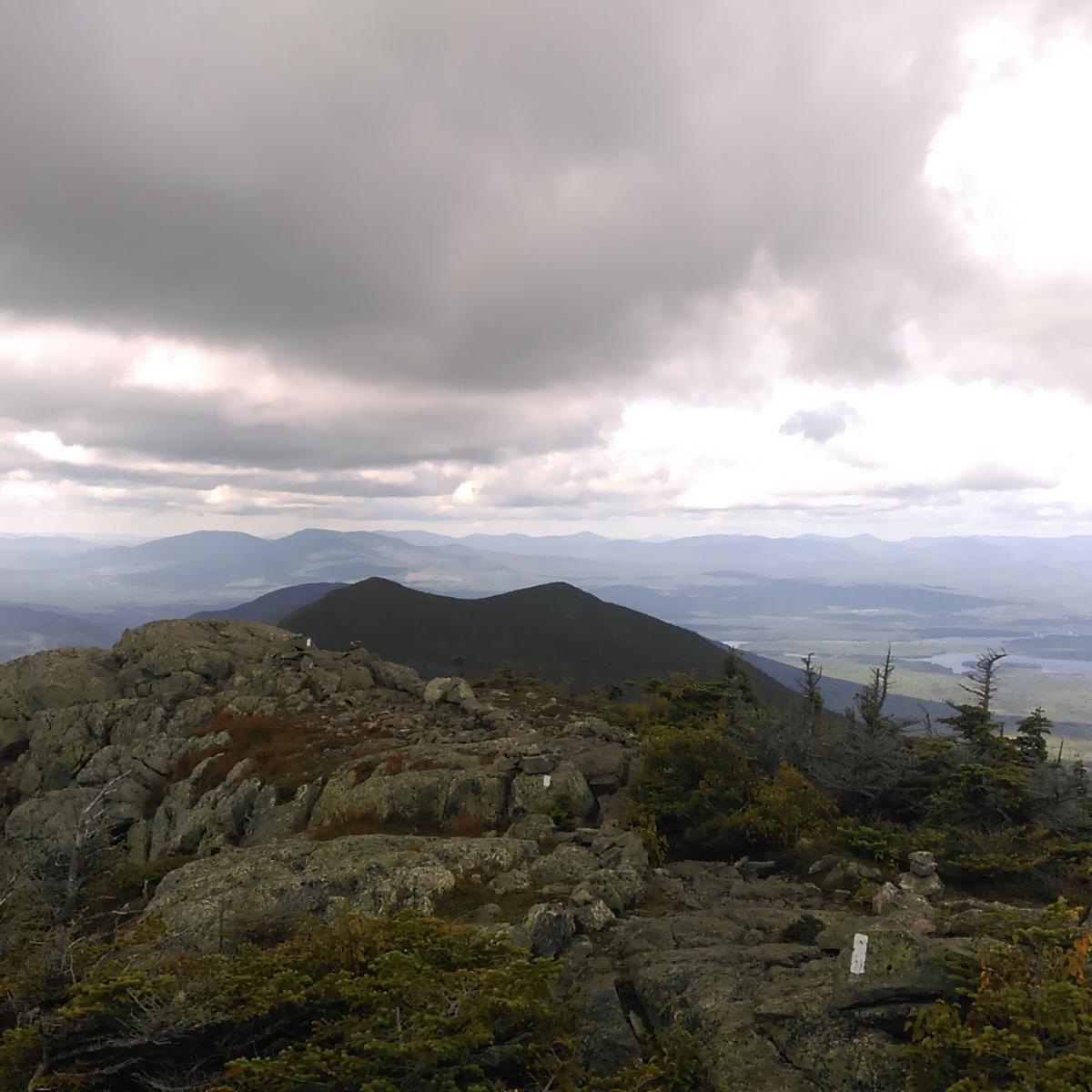
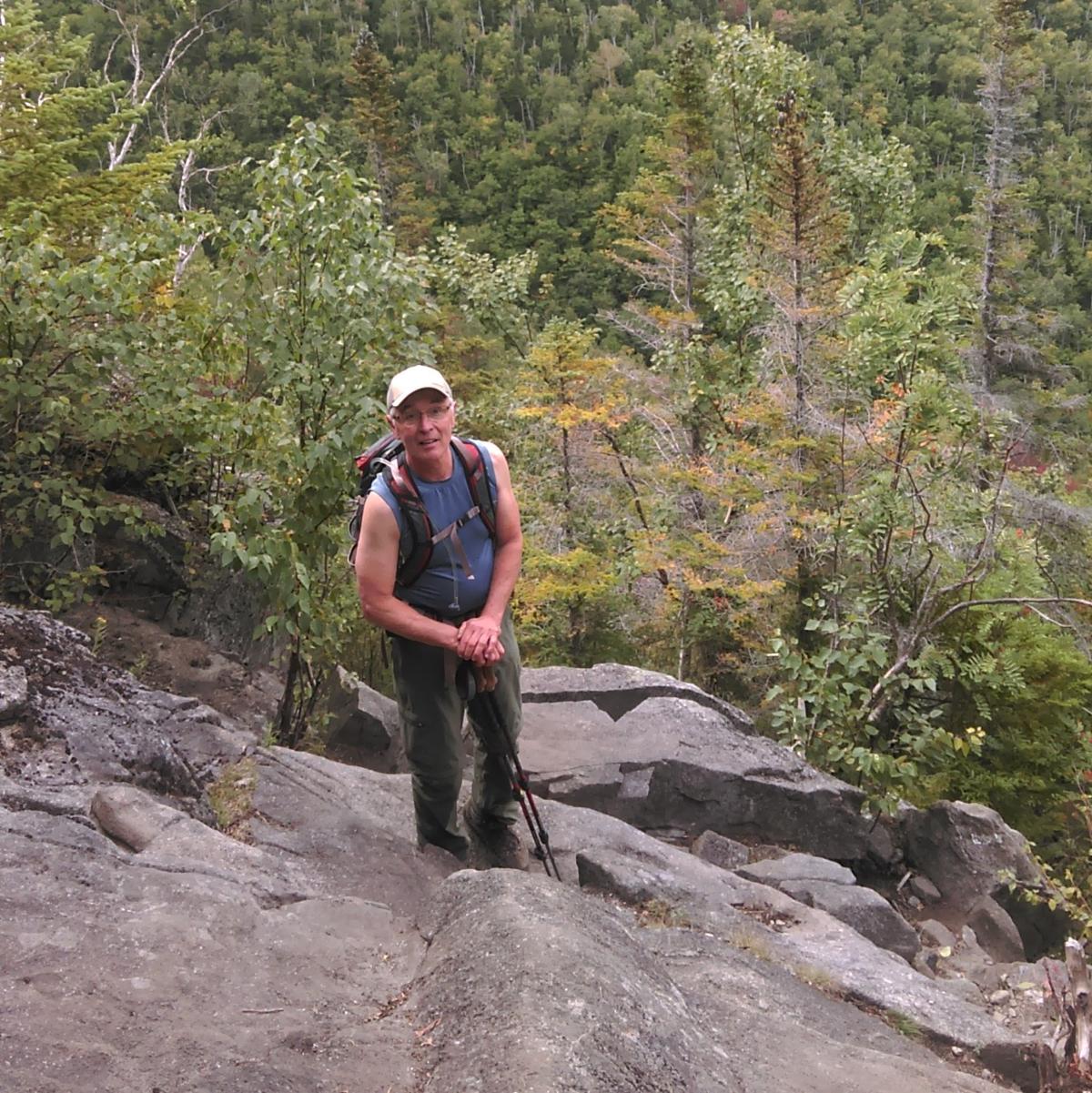
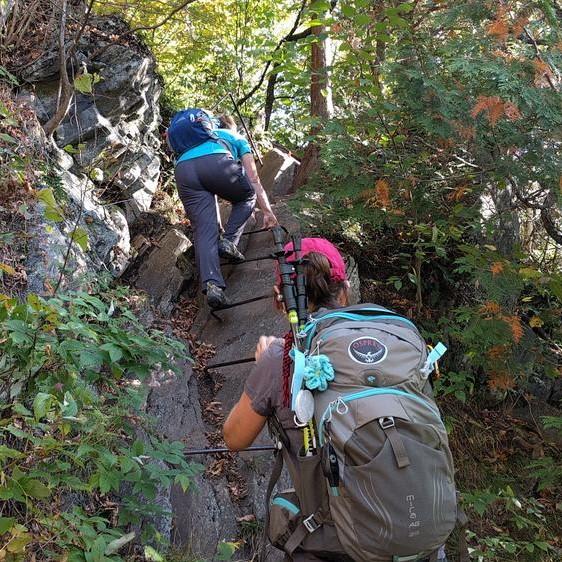
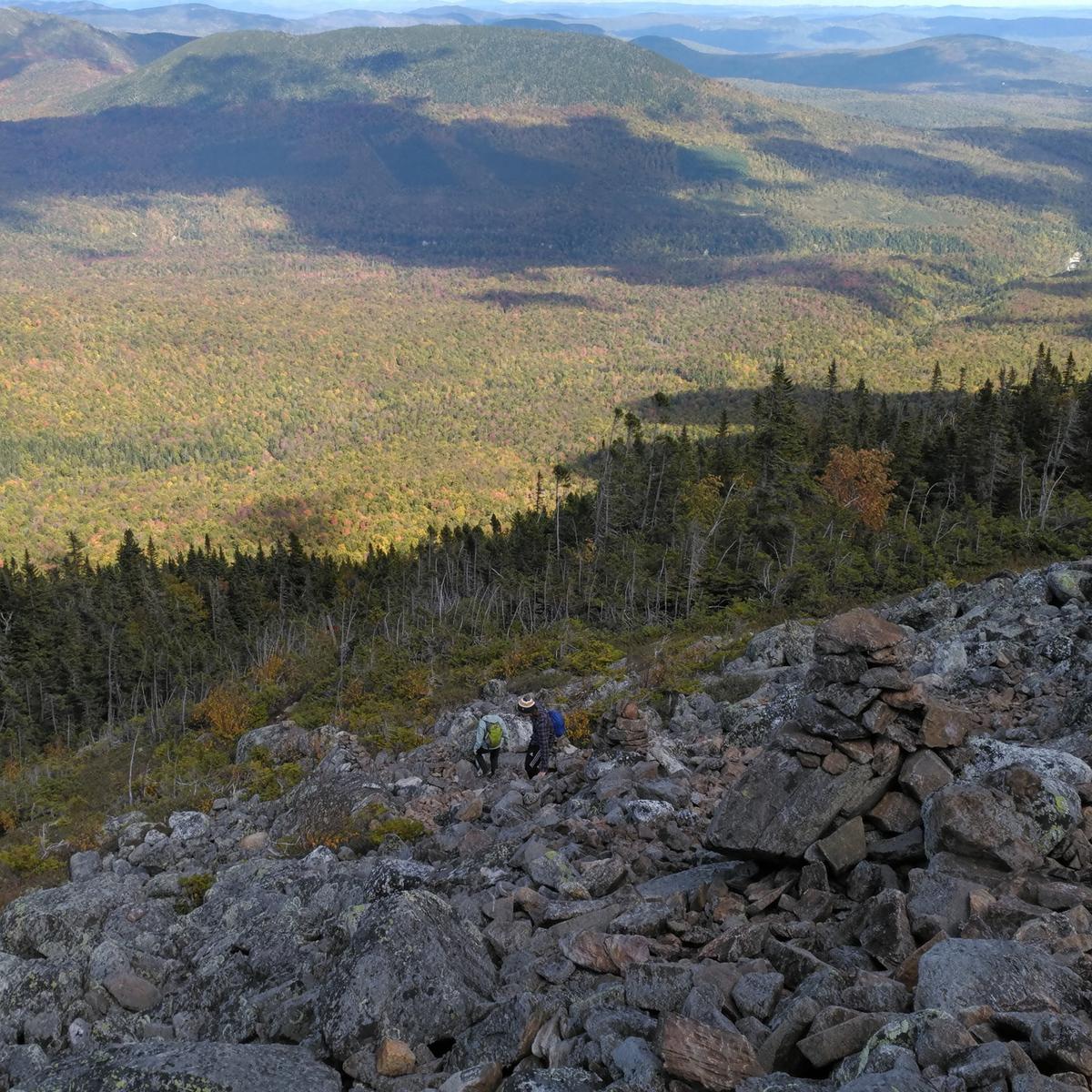
All categories assume recommended flow conditions for paddling. Some risk is always present when paddling, and difficulty can vary widely depending on conditions such as changing flow or weather, downed trees, or tides. Skill level for water trails is based on our current knowledge of the waterway and the guidelines below.
Little or no prior paddling experience is necessary; these trails are great for first-time paddlers and are beginner and family-friendly. Hazards are minimal and water is mostly flat with no or very minor obstacles. No skilled maneuvering is required and only short portages (carrying the boat) might be needed. Paddlers may encounter Class I rapids (small ripples and waves).
Some prior paddling experience is suggested for a comfortable trip. There may be hazards or obstacles that require more skillful maneuvering, including Class I and II rapids (straightforward rapids with clear, wide channels), downed trees, winding watercourses (stretches of river with quick turns), and some eddies. If a rapid higher than Class II is present, there is an option to portage (or carry your boat) around it.
Prior experience is required to complete this trip. Hazards or obstacles (downed trees along winding watercourses, very swift water, long portages, and strong currents) will require more skillful maneuvering. There may be Class II or III rapids (moderate, irregular waves which may be difficult to maneuver). Coastal paddling in this category may include long open water stretches or surf, and require knowledge of tides.
Advanced paddling experience/skills and a high degree of adventure are required to complete this trip. Hazards or obstacles will require very skilled maneuvering and are dangerous to non-expert paddlers, including stretches with Class III+ or higher rapids (intense, powerful, or extremely long rapids) or remote trips requiring navigation skills or backcountry emergency knowledge. Coastal paddling in this category may include long open water stretches and surf requiring knowledge of tides to prevent being stranded.
For more information on River Rapid Classifications and Safety, visit American Whitewater’s Safety Code page.
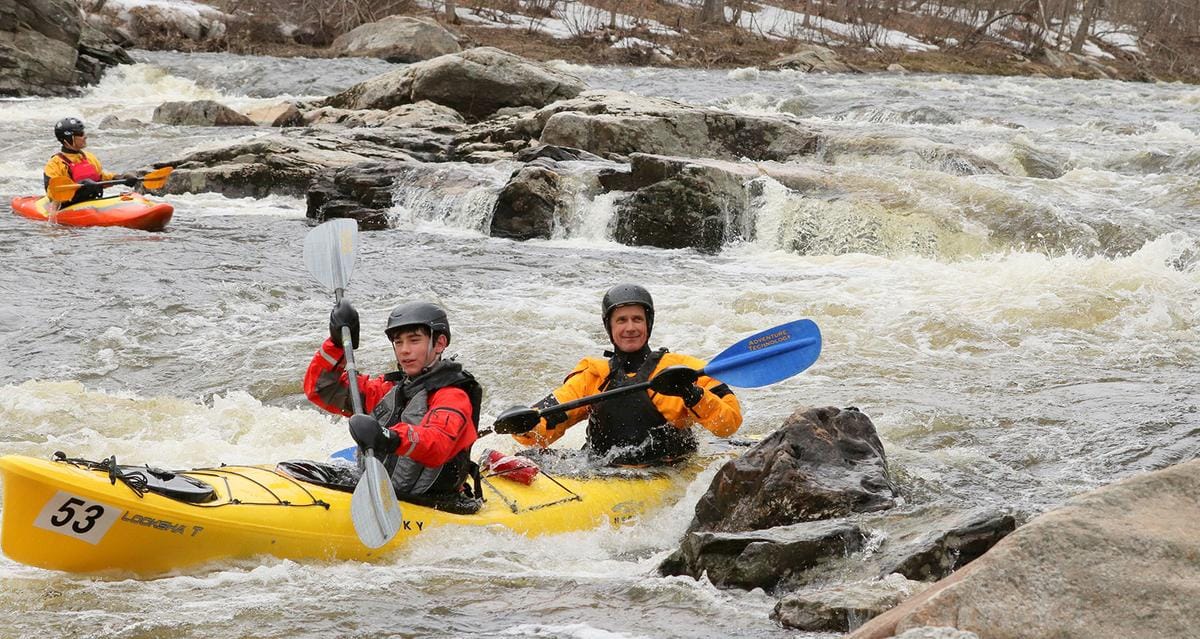
The International Mountain Bike Association (IMBA) has created a standard rating system for mountain bike trails. Find out more. The words we use on our site are slightly different than those IMBA uses because we list so many types of trails.
| Maine Trail Finder | IMBA | Description |
| Easy | Easiest (White Circle) & Easy (Green Circle) | Relatively wide trails (3 feet or wider) with a firm and stable surface, no long or steep climbs, avoidable obstacles may be present. |
| Moderate | More Difficult (Blue Square) | Narrower trails (2 feet or wider) with some variability in surface, some climbing and descending and some unavoidable obstacles less than 8 inches tall. |
| Advanced | Most Difficult (Black Diamond) | Narrow trails (1 foot or wider) with highly variable surface, significant climbing and descending, unavoidable obstacles over 12" tall. |
| Strenuous | Extremely Difficult (Double Black Diamond) | Extremely narrow trails (6" or wider) with highly variable and unpredictable surface, significant climbing and descending, and significant unavoidable obstacles. |
Success! A new password has been emailed to you.